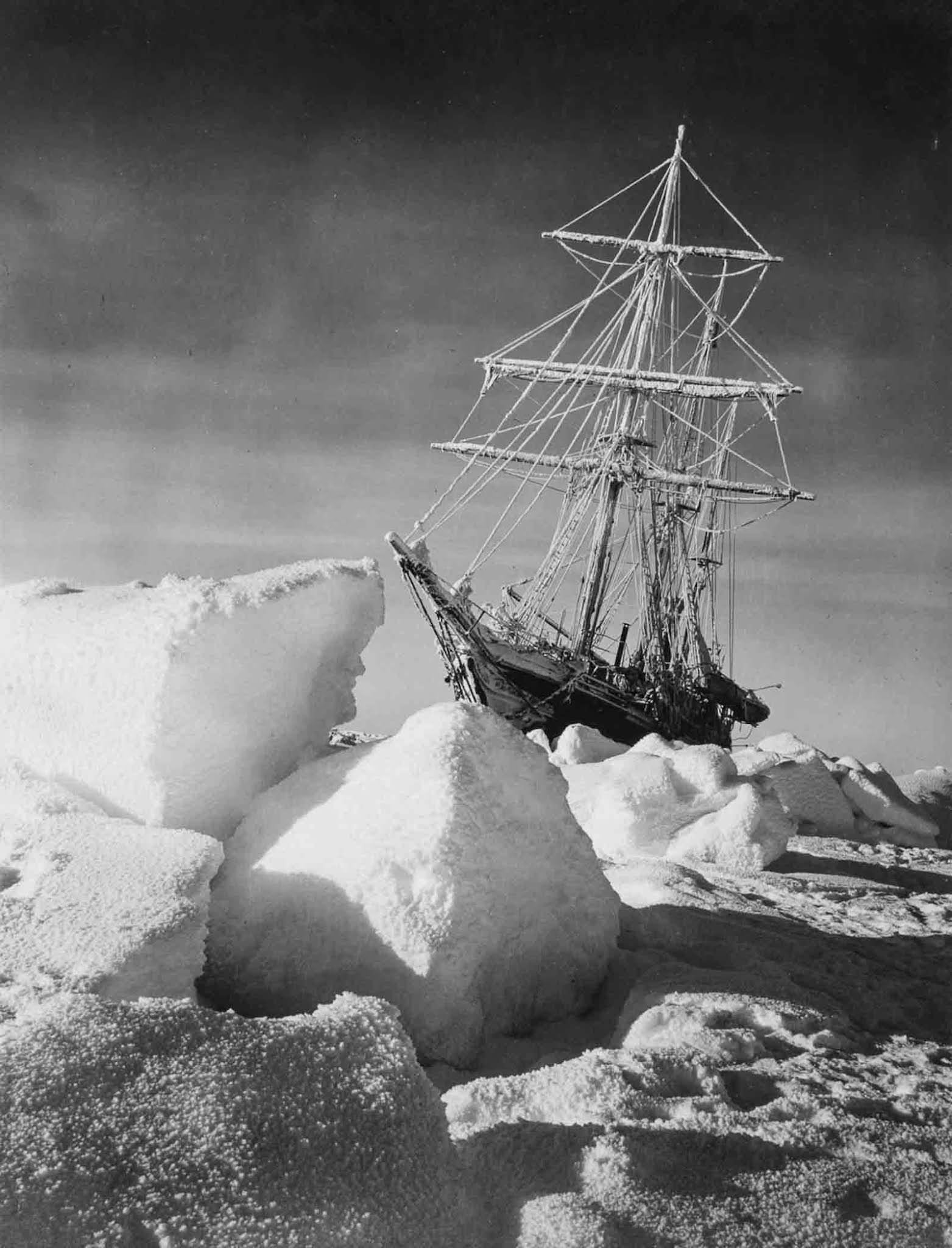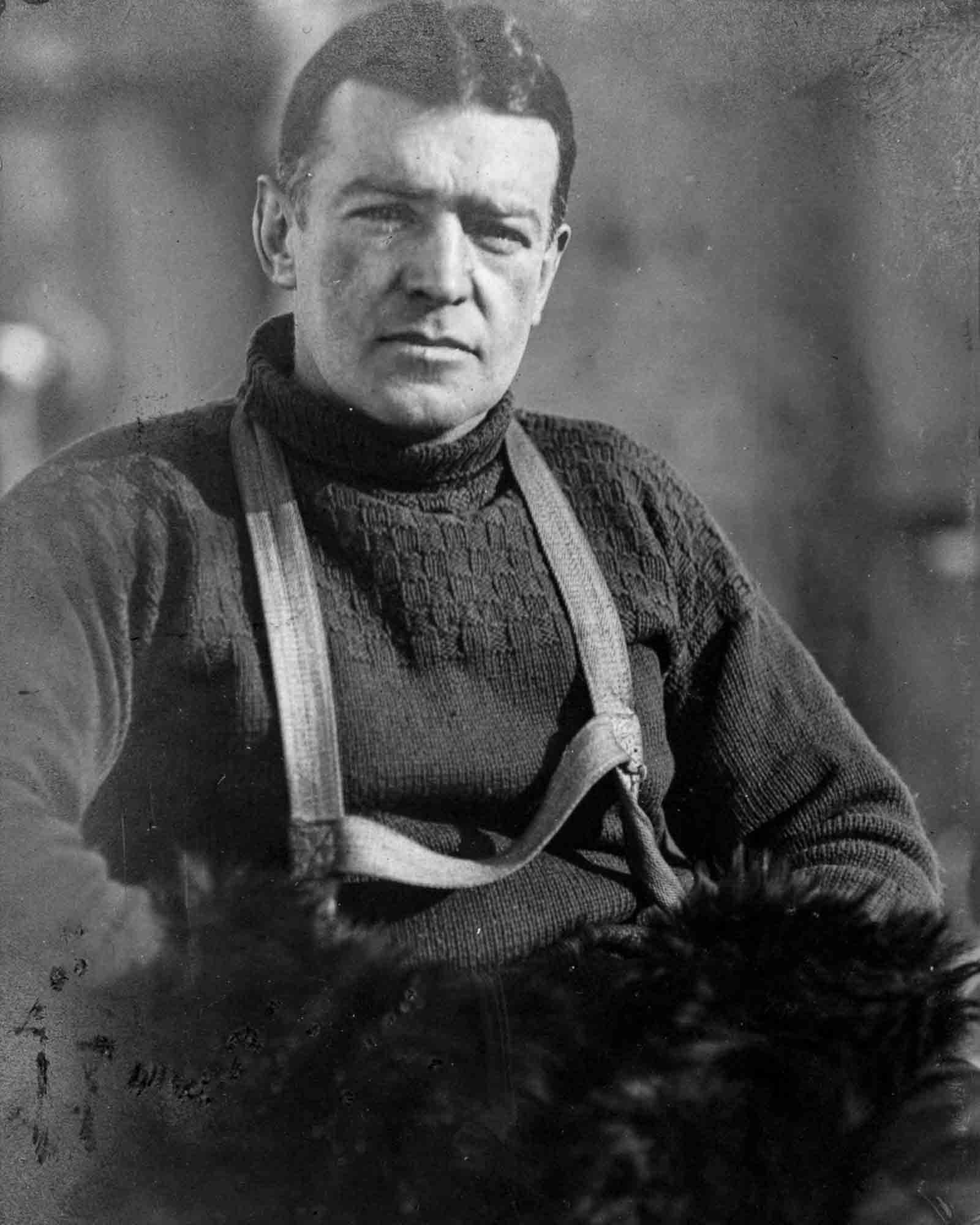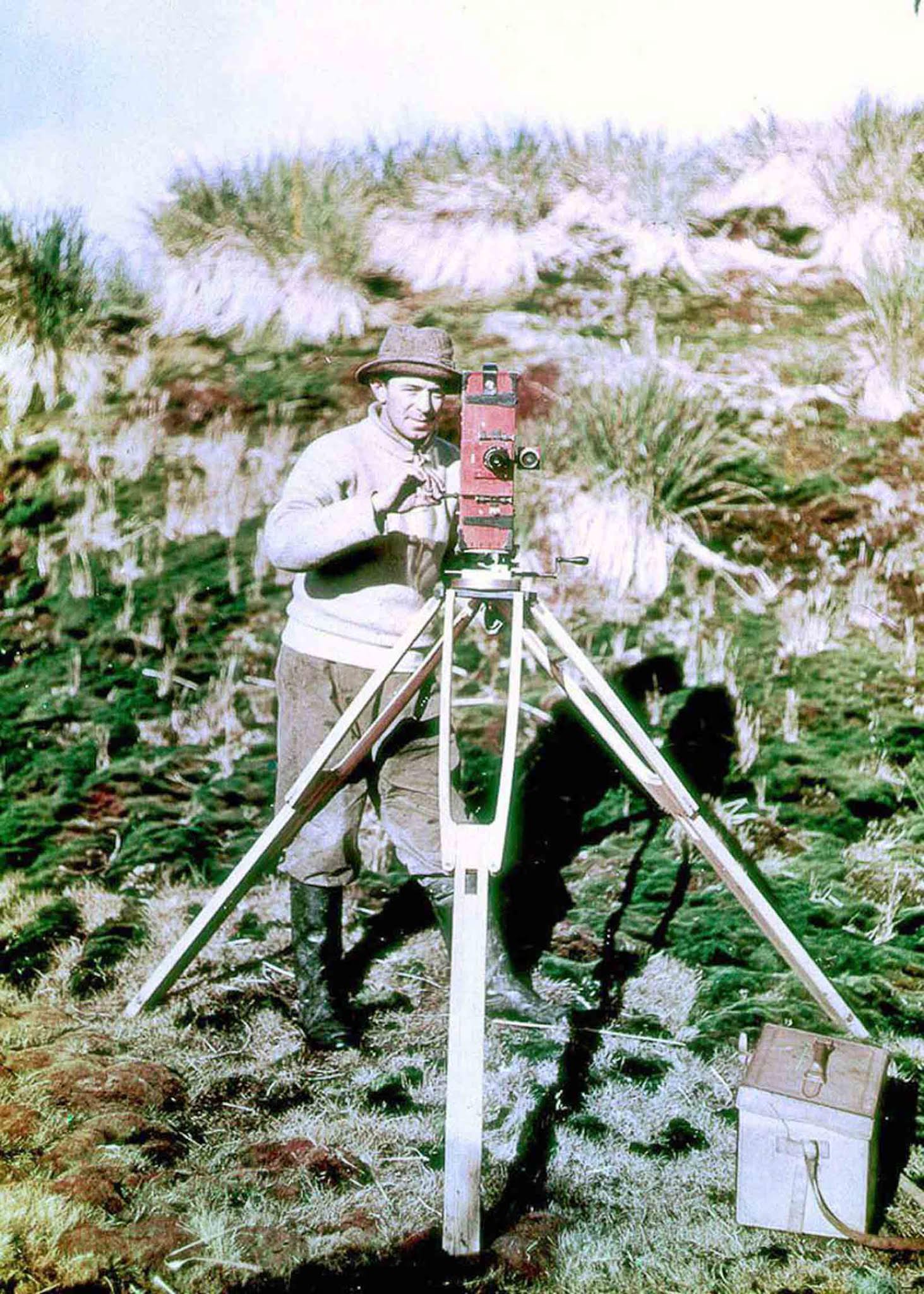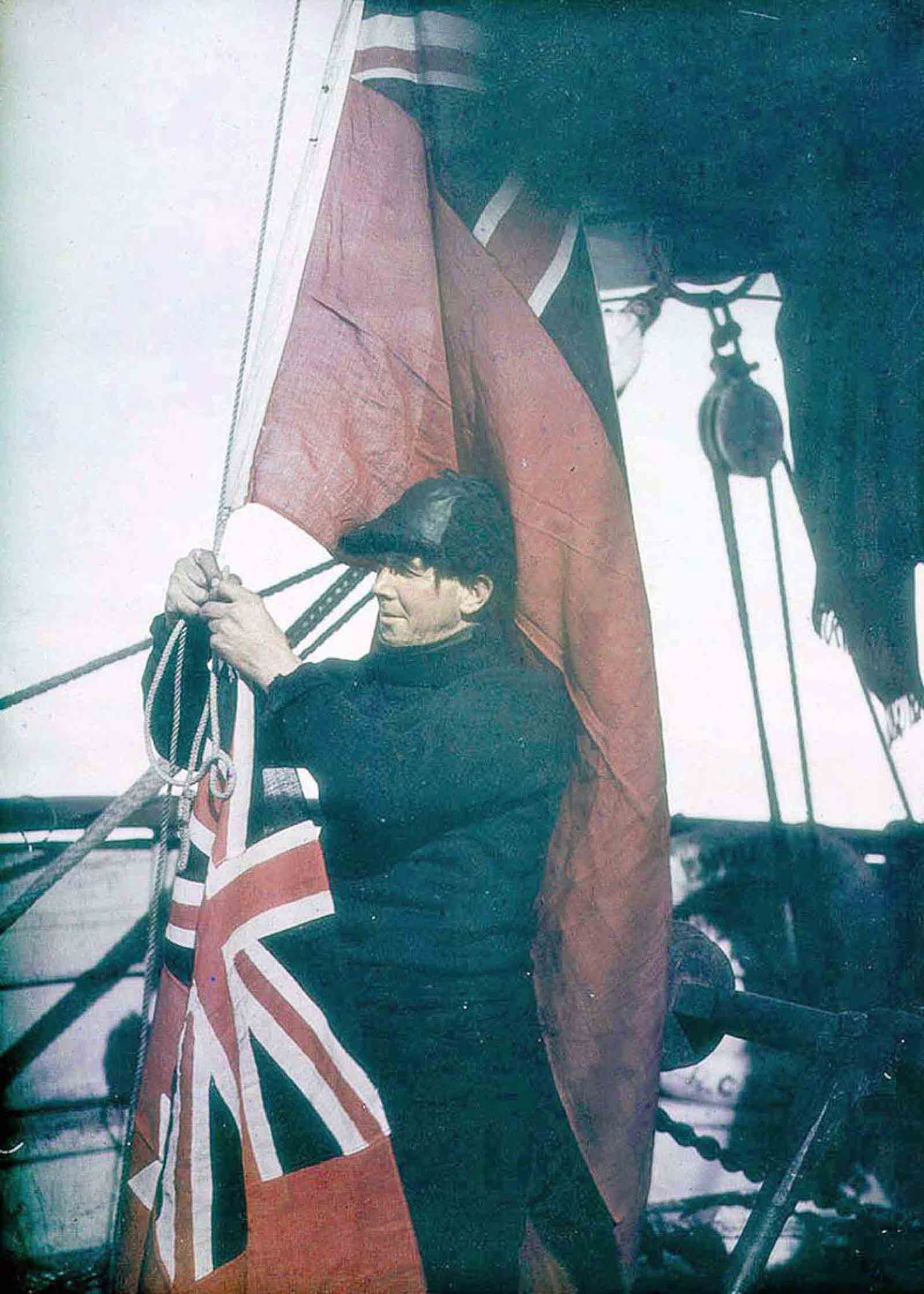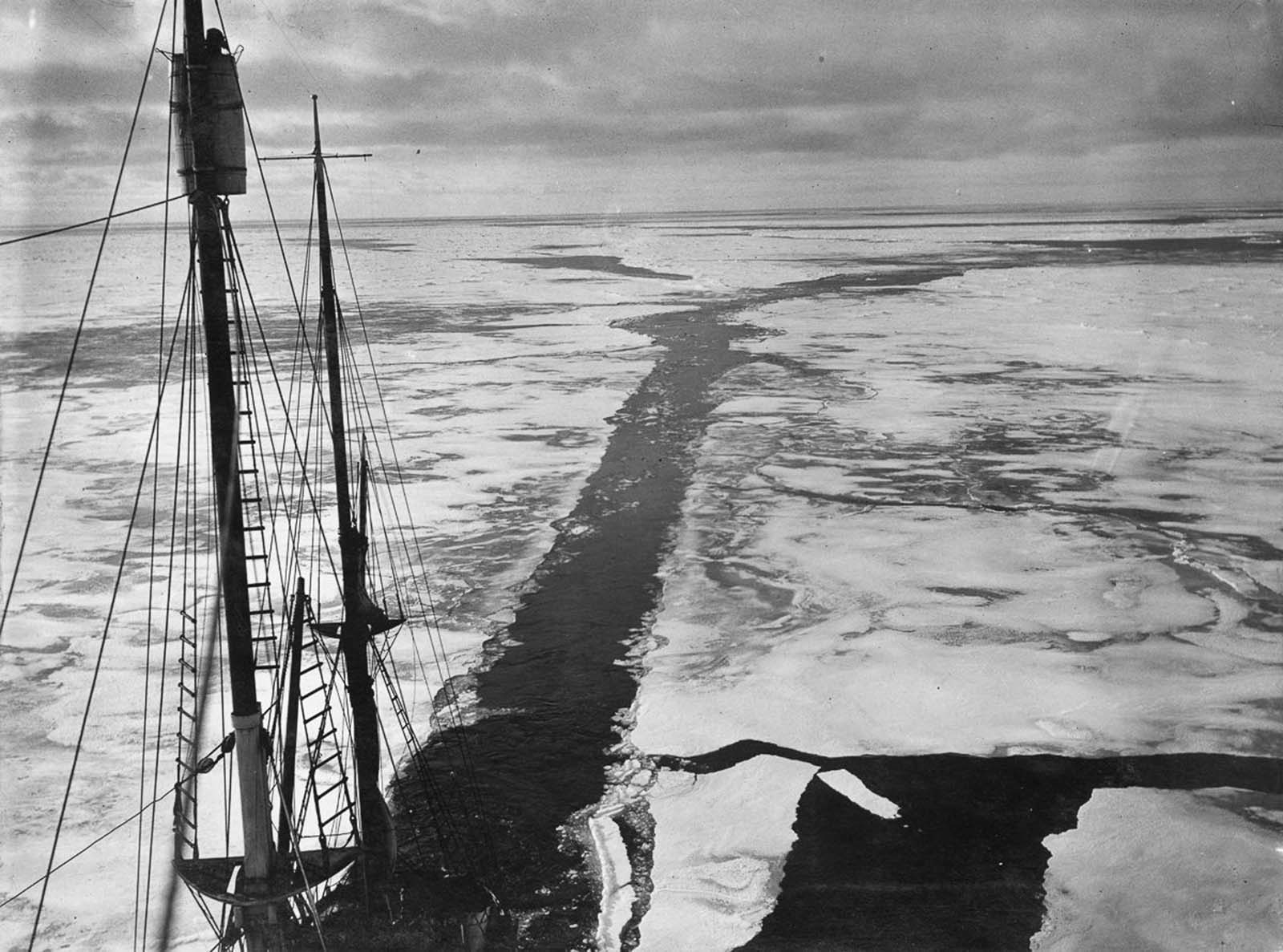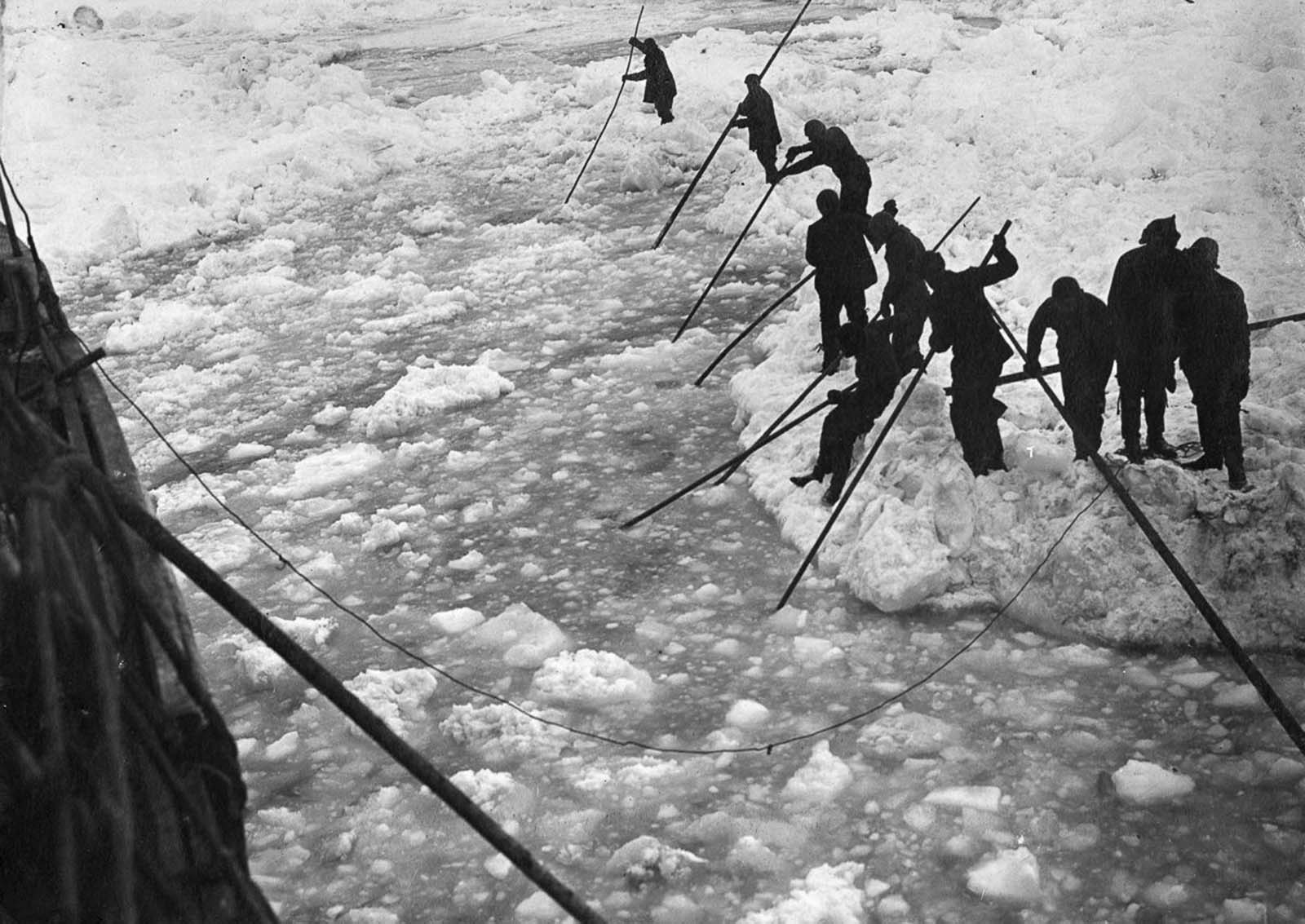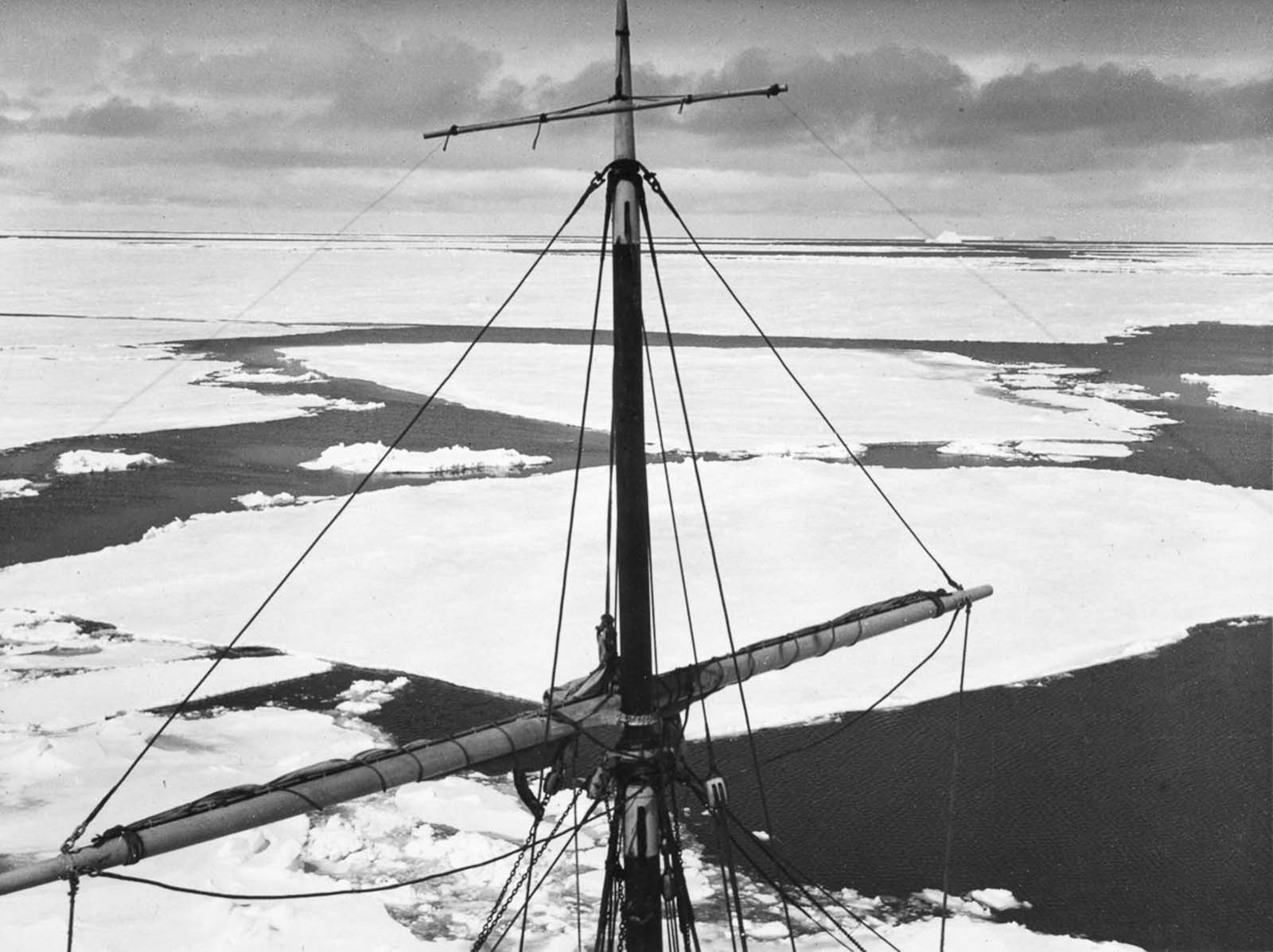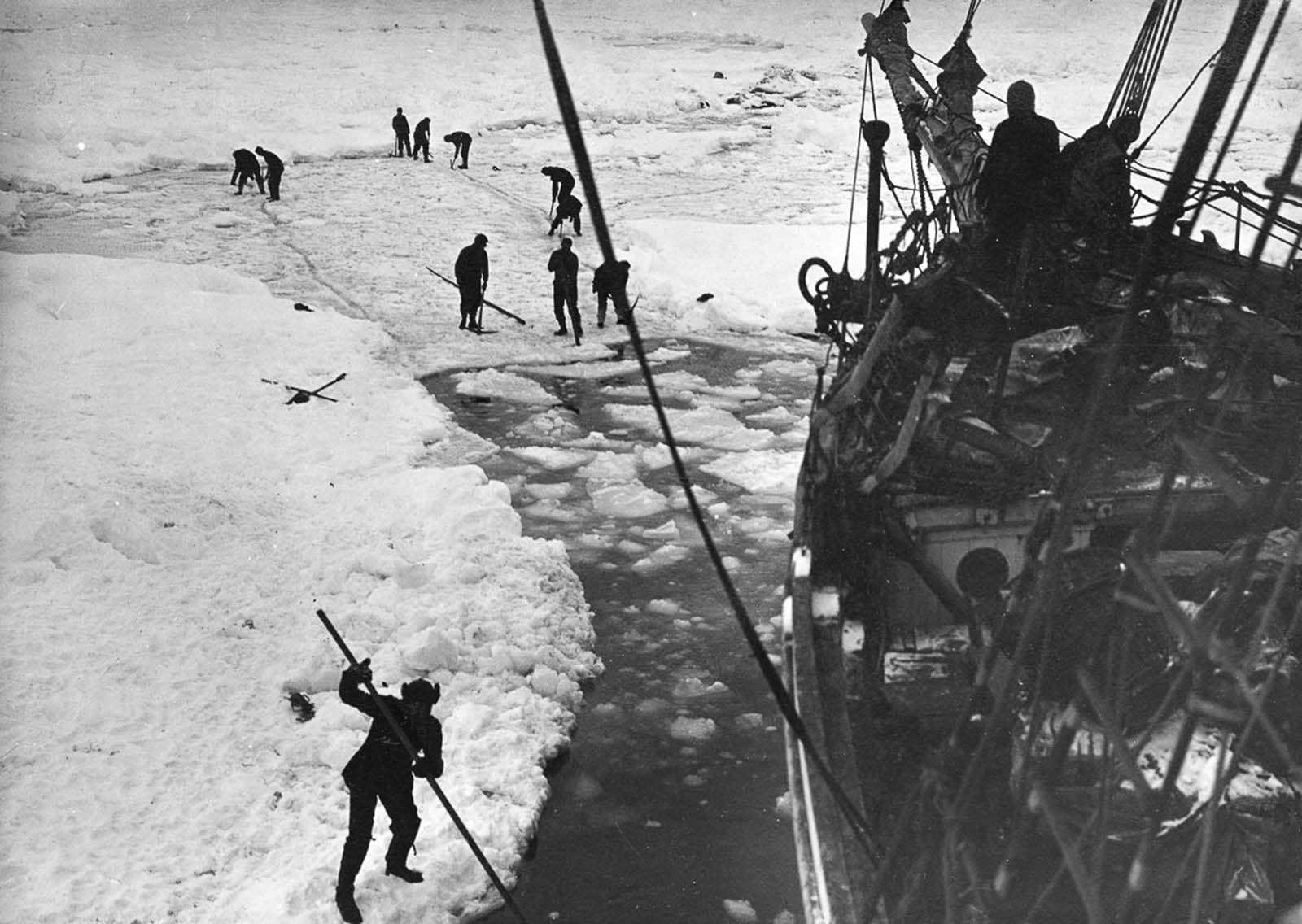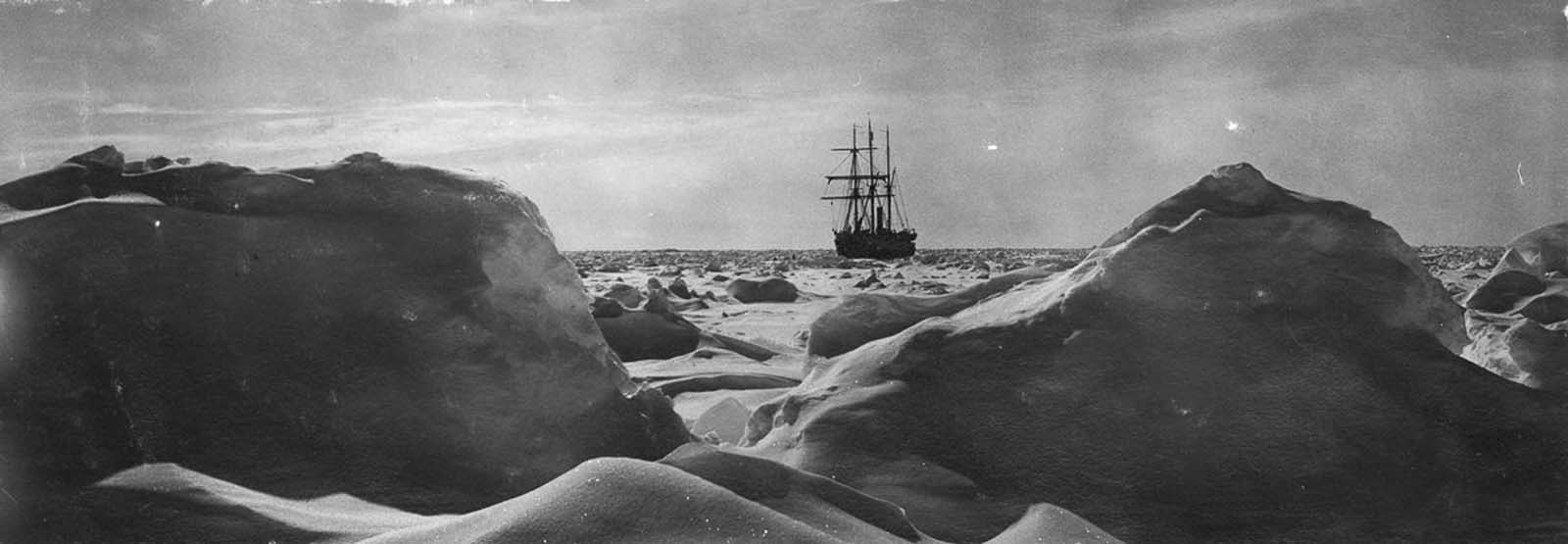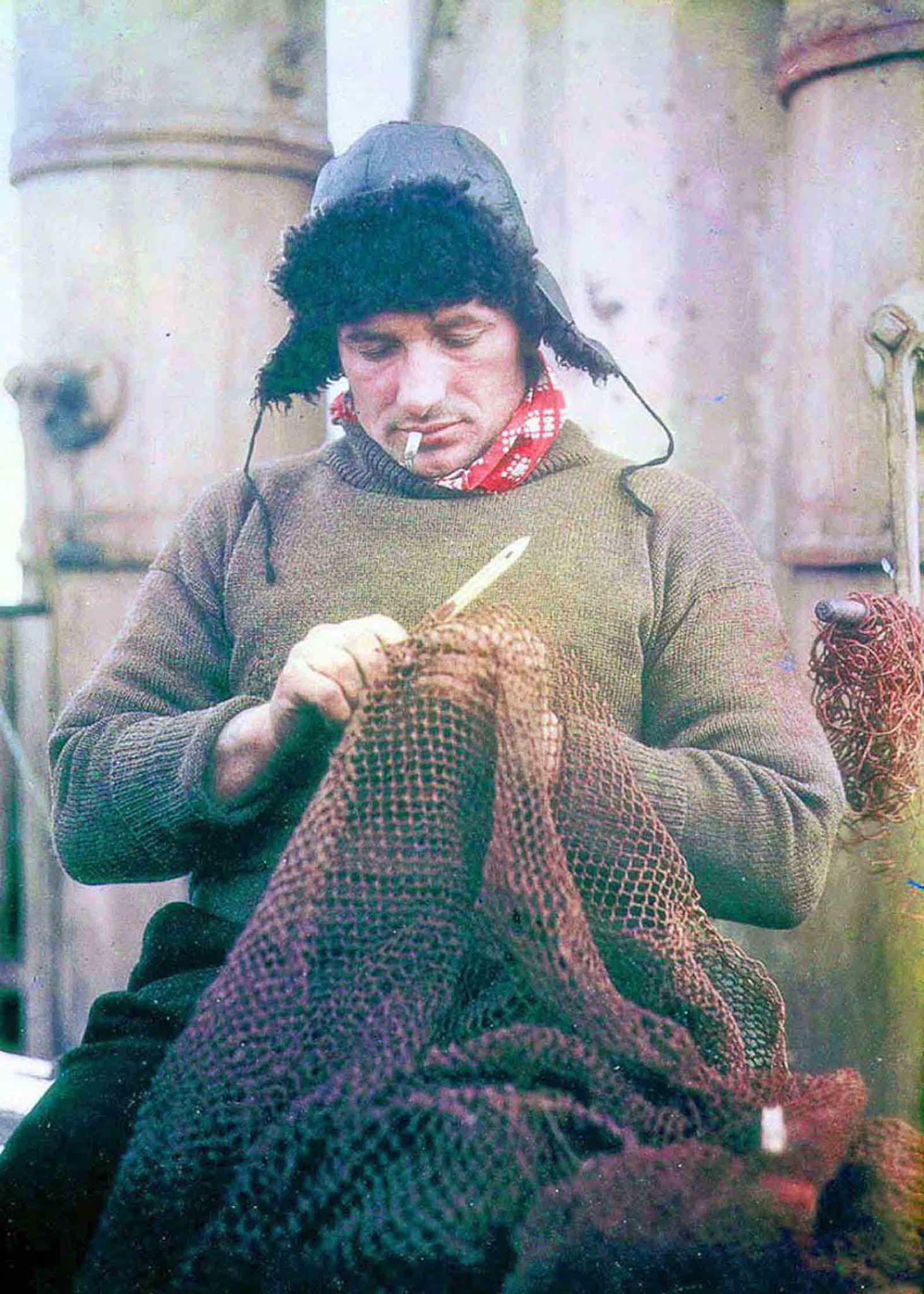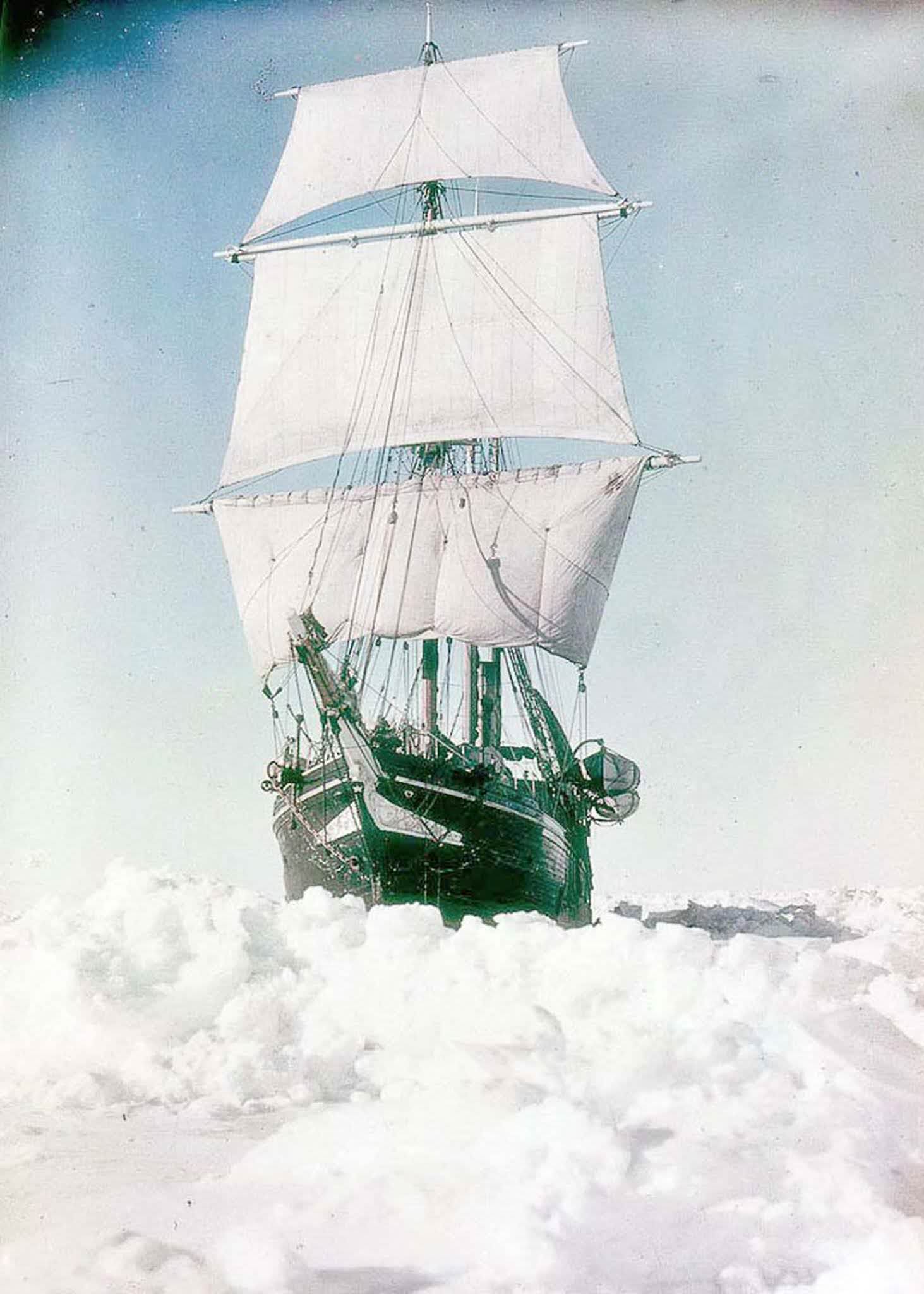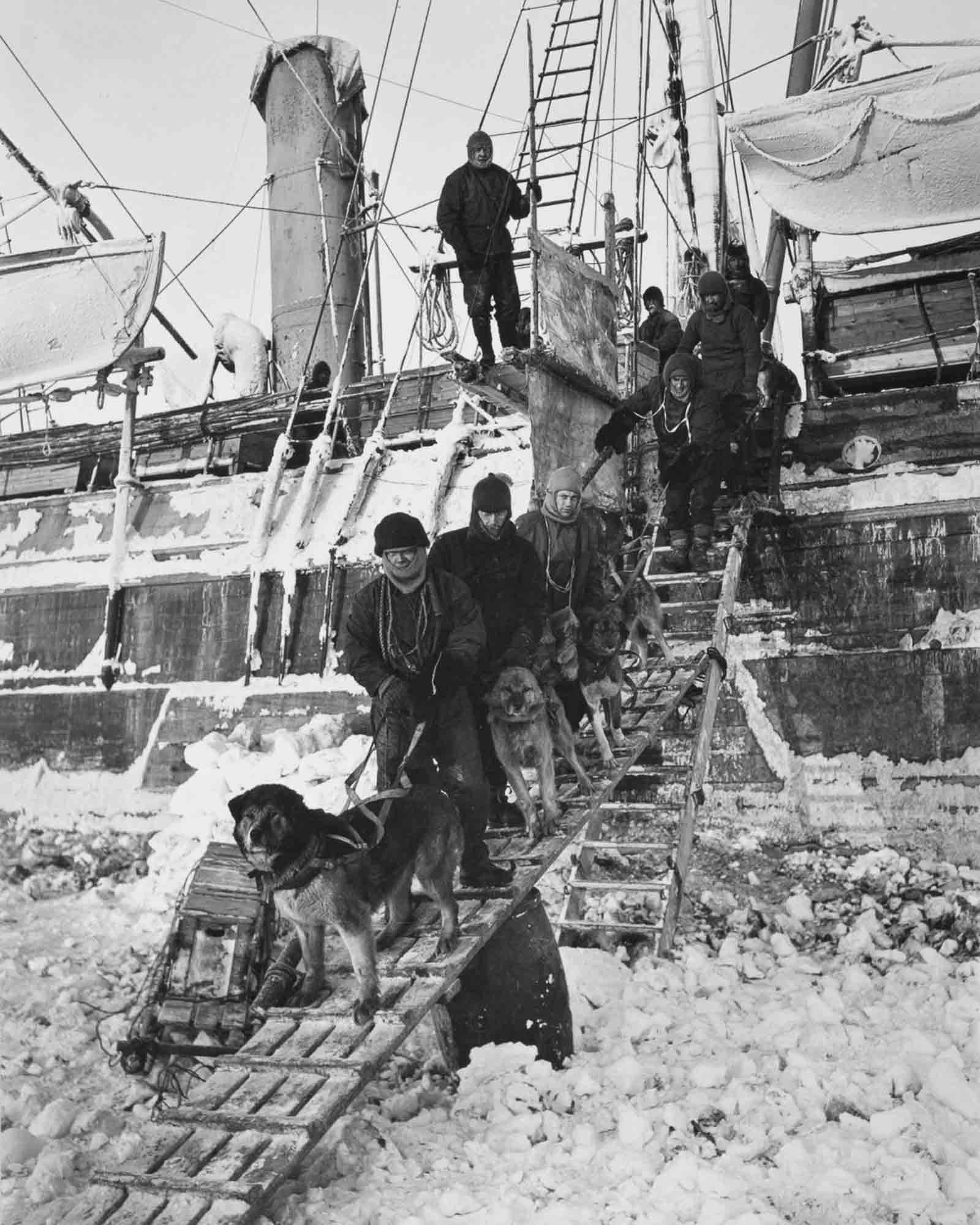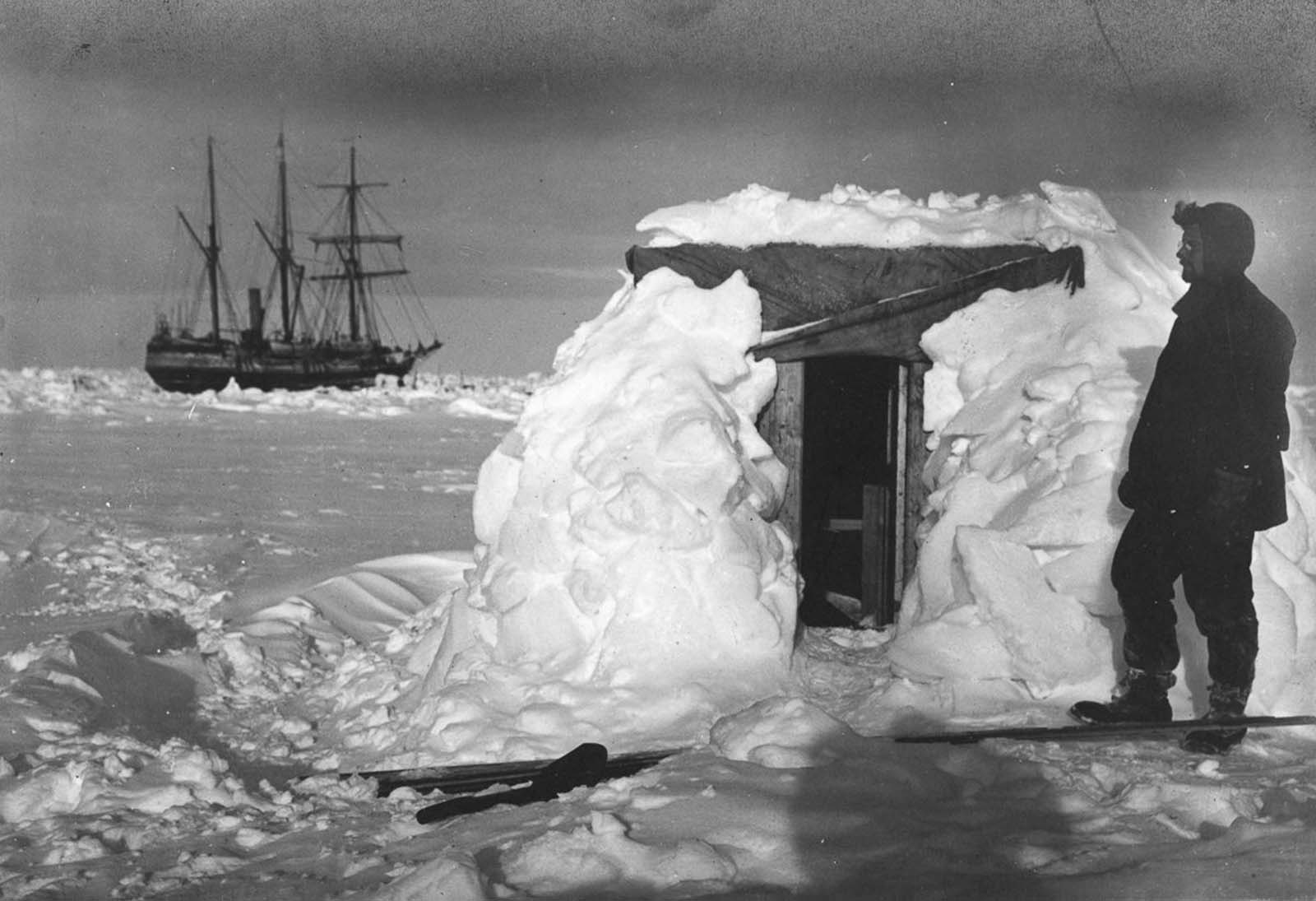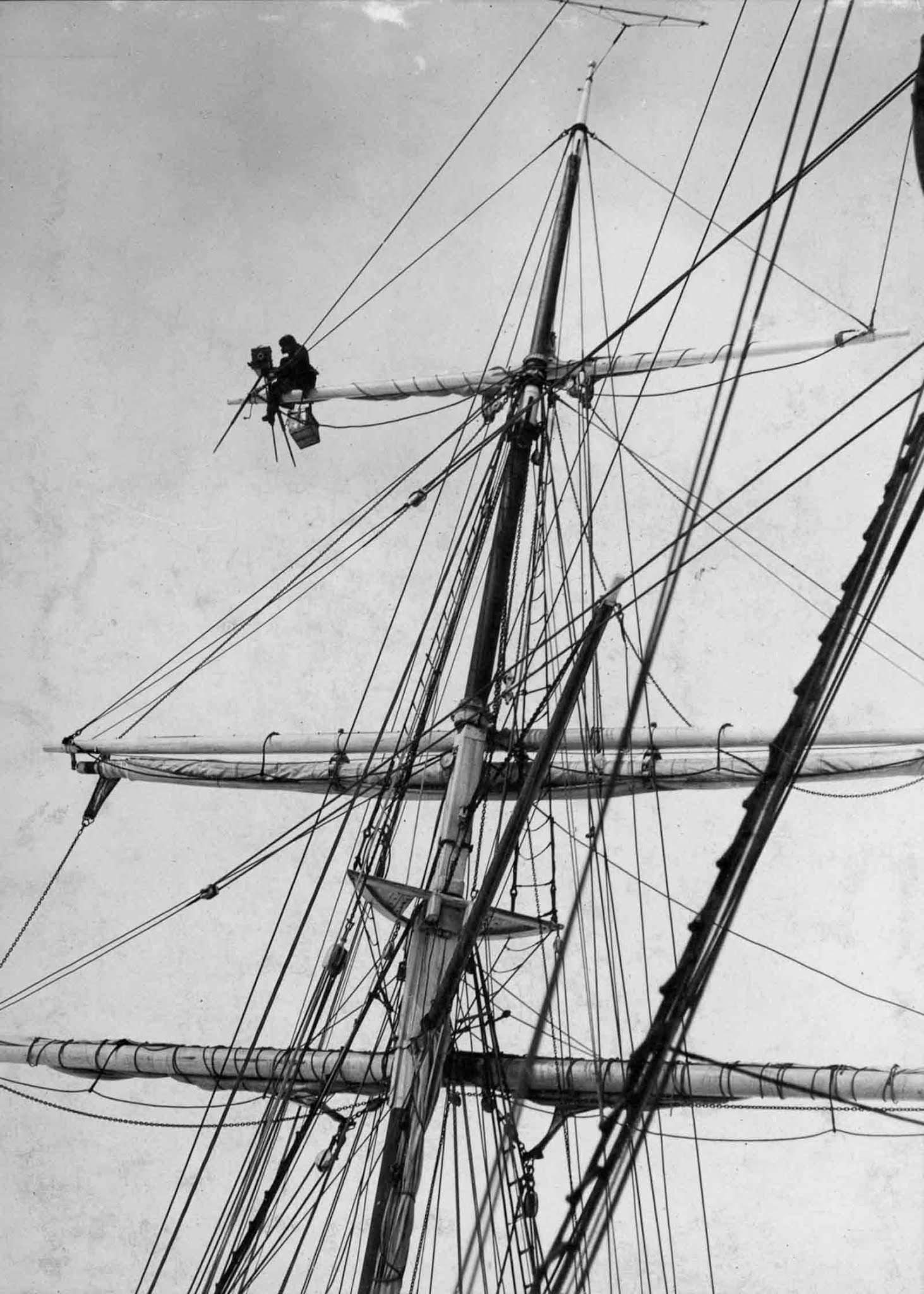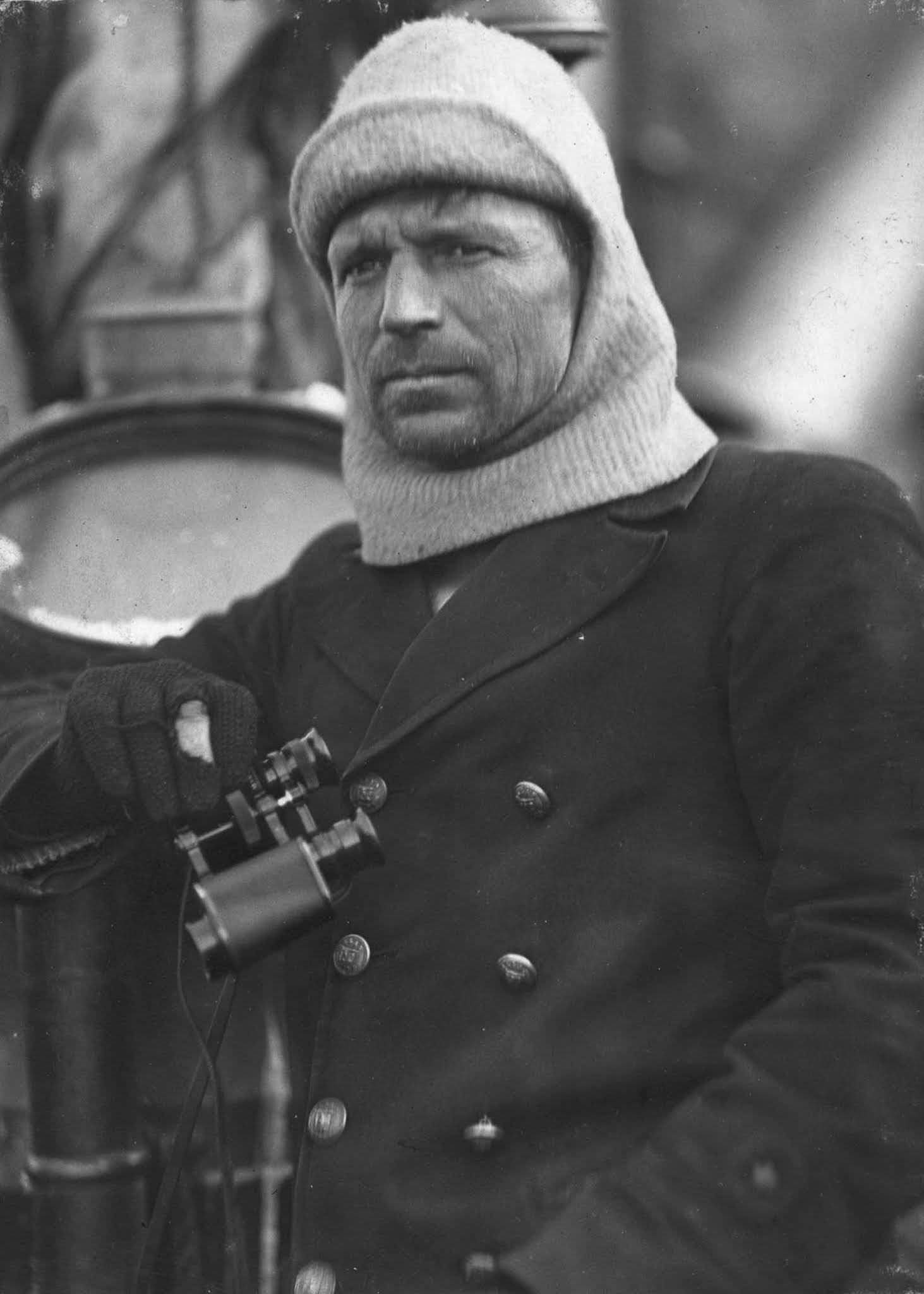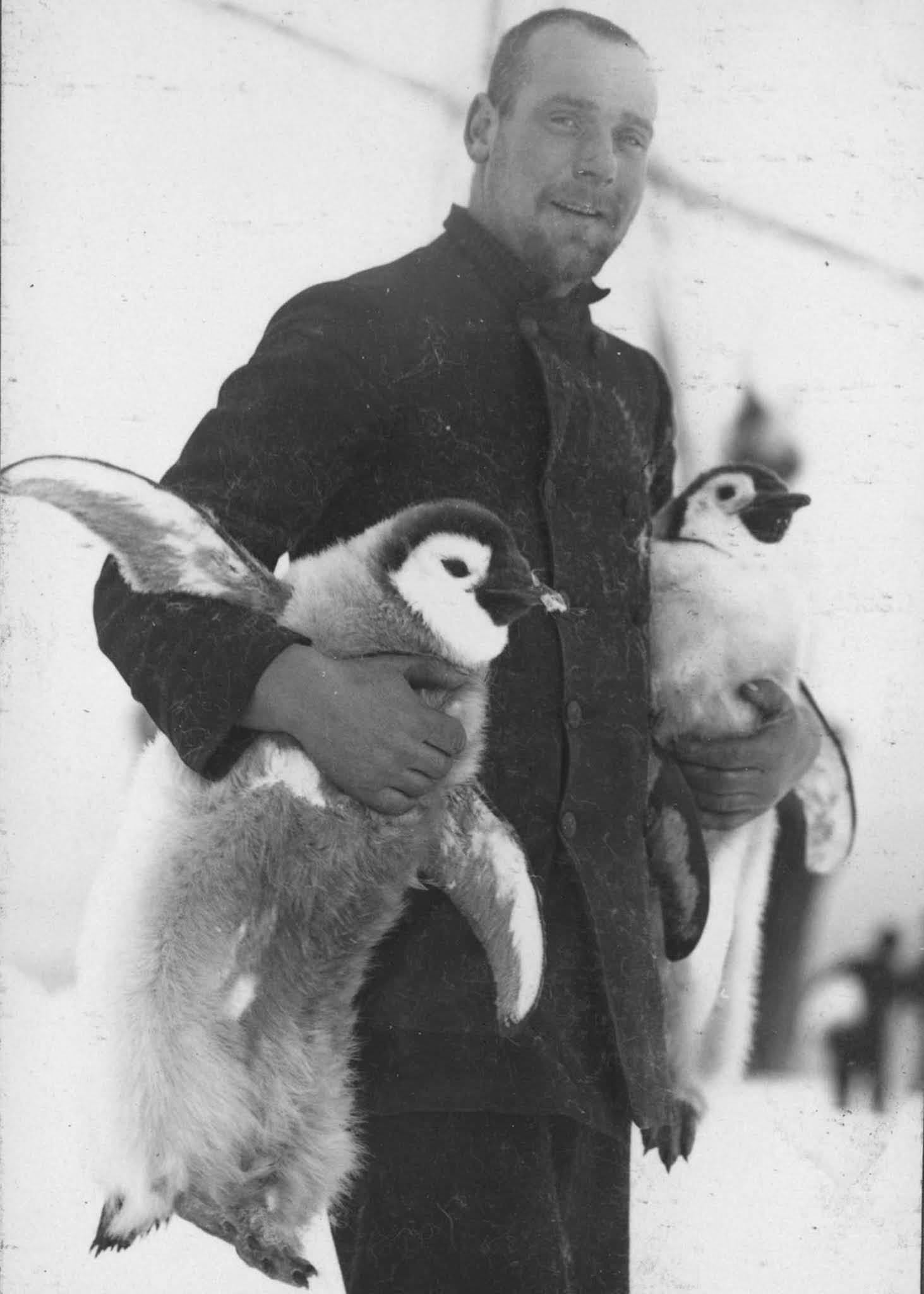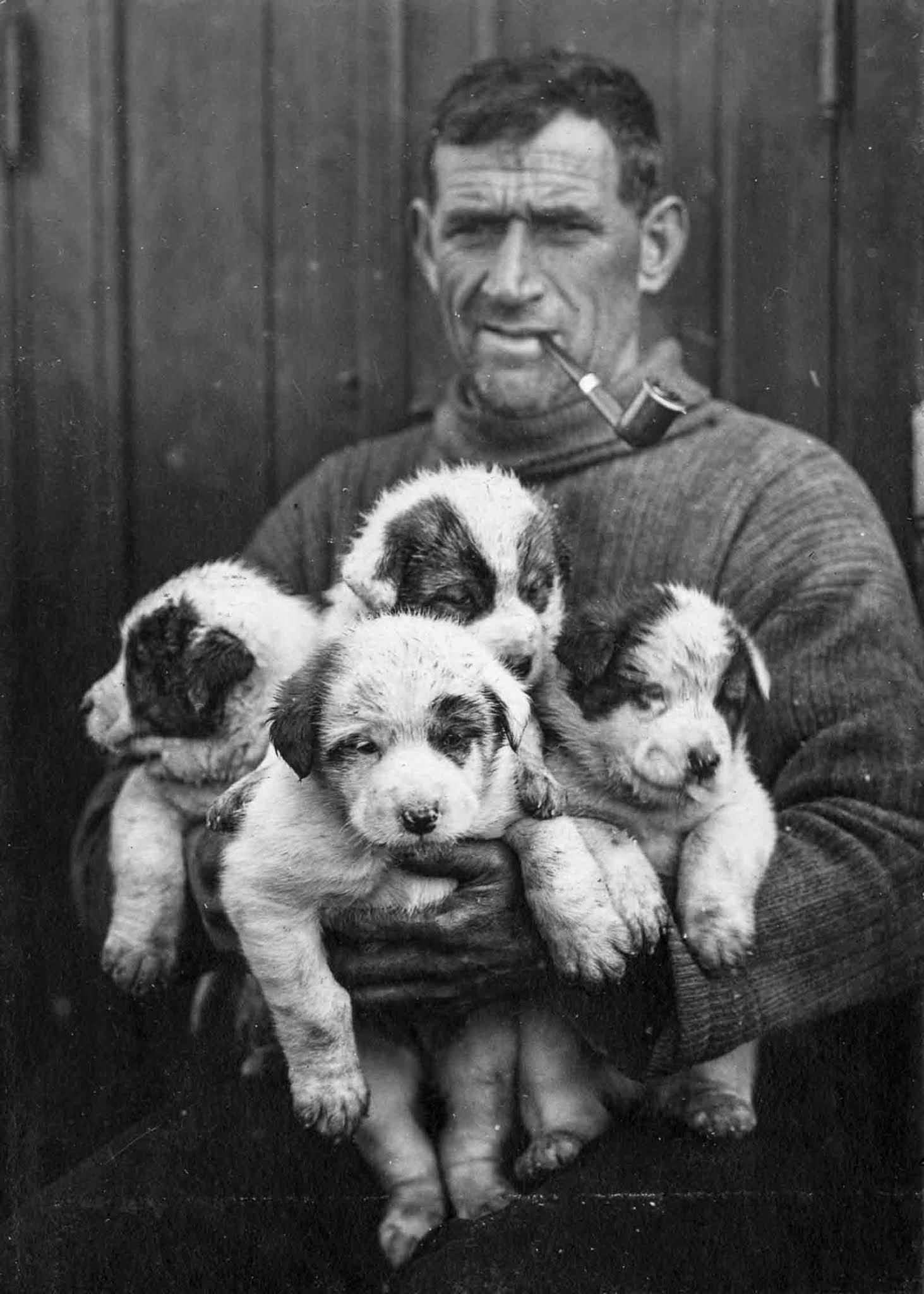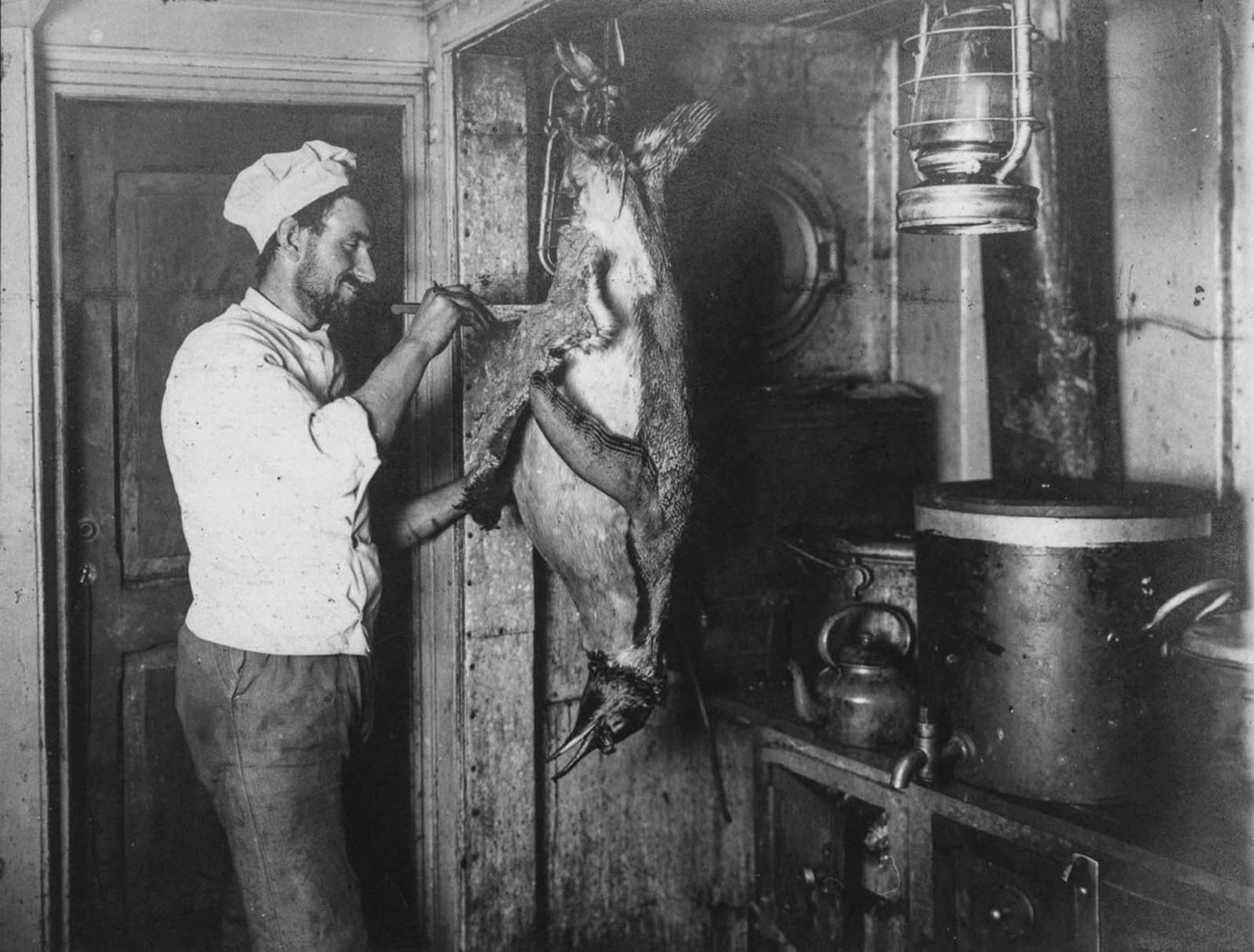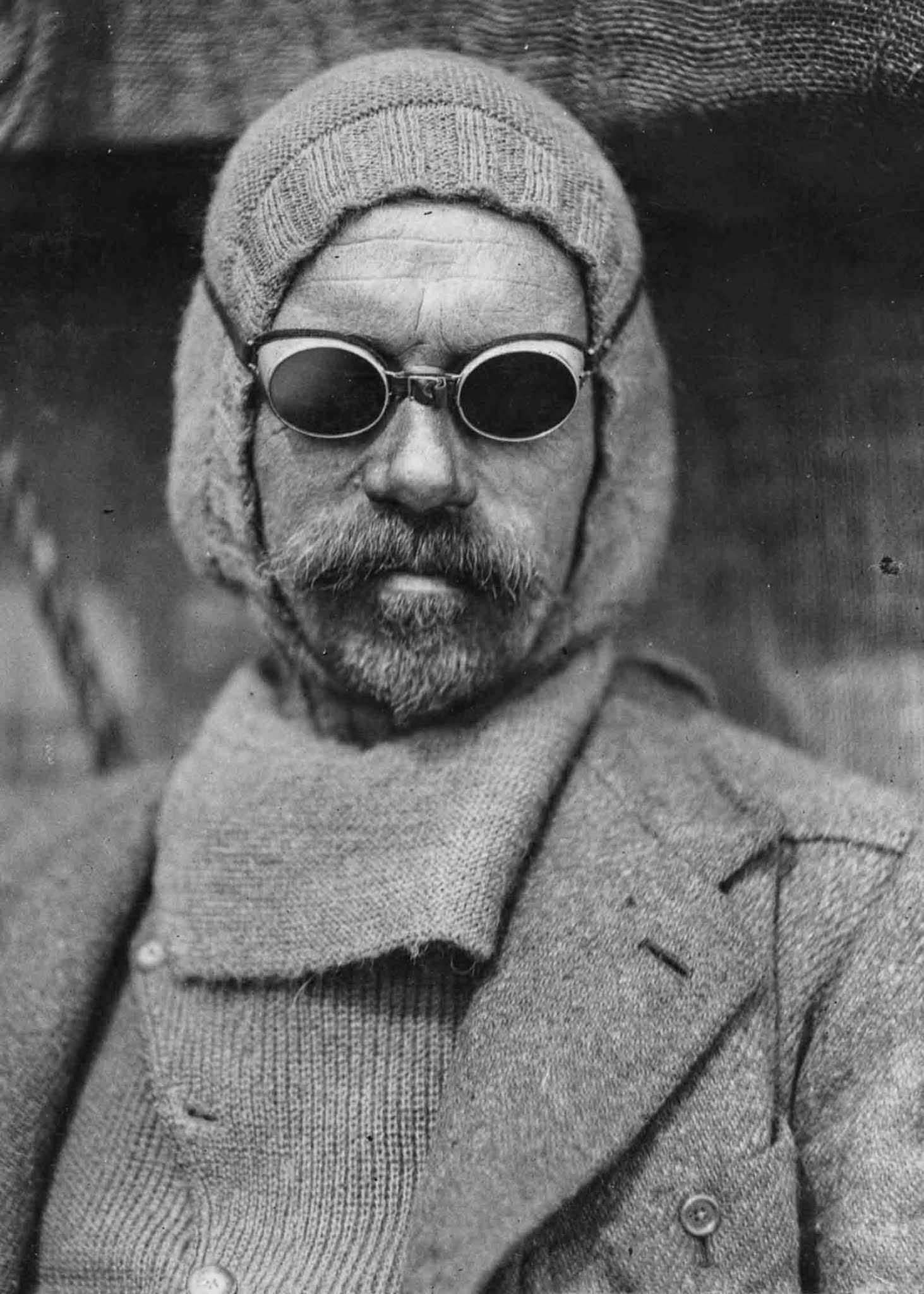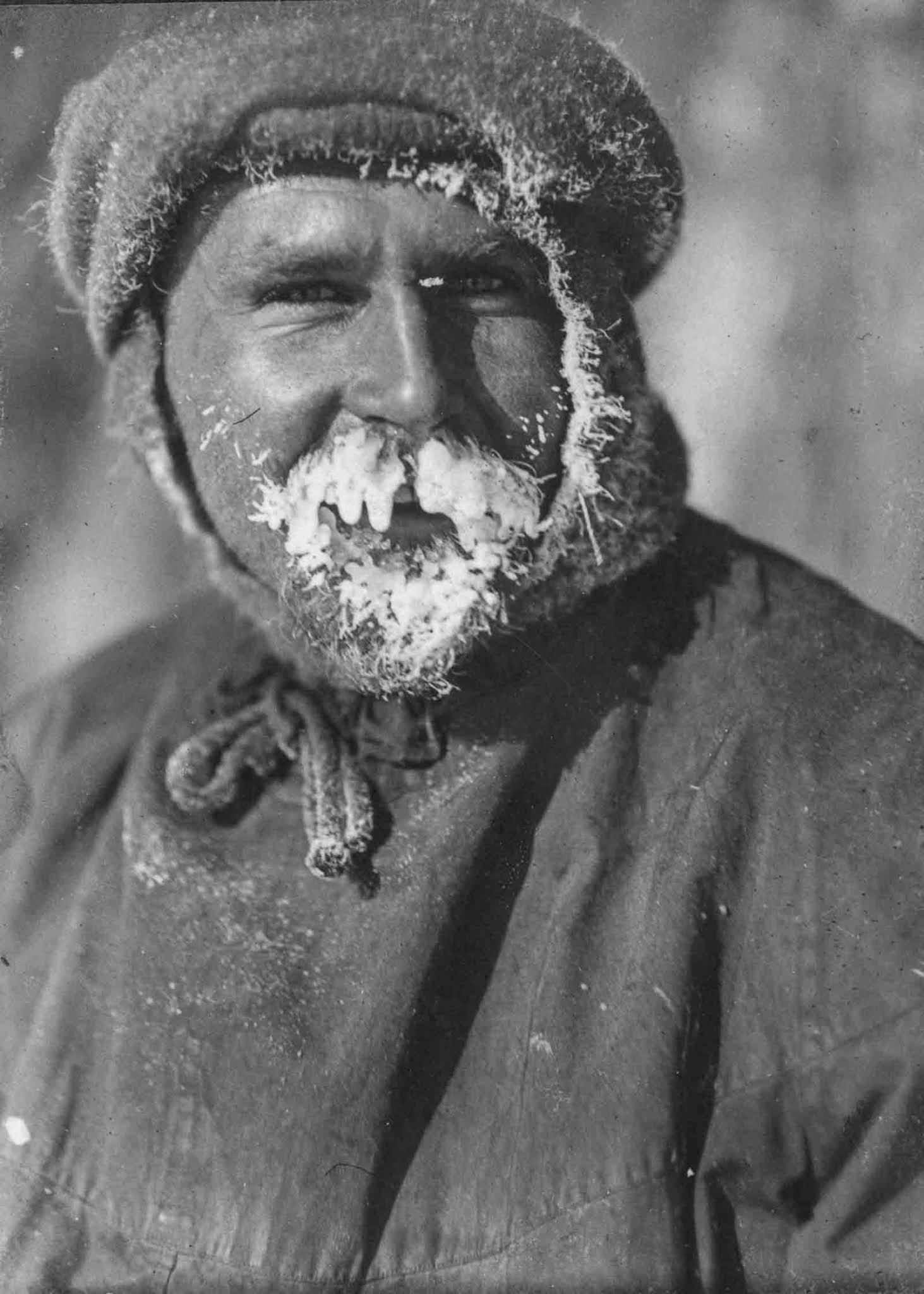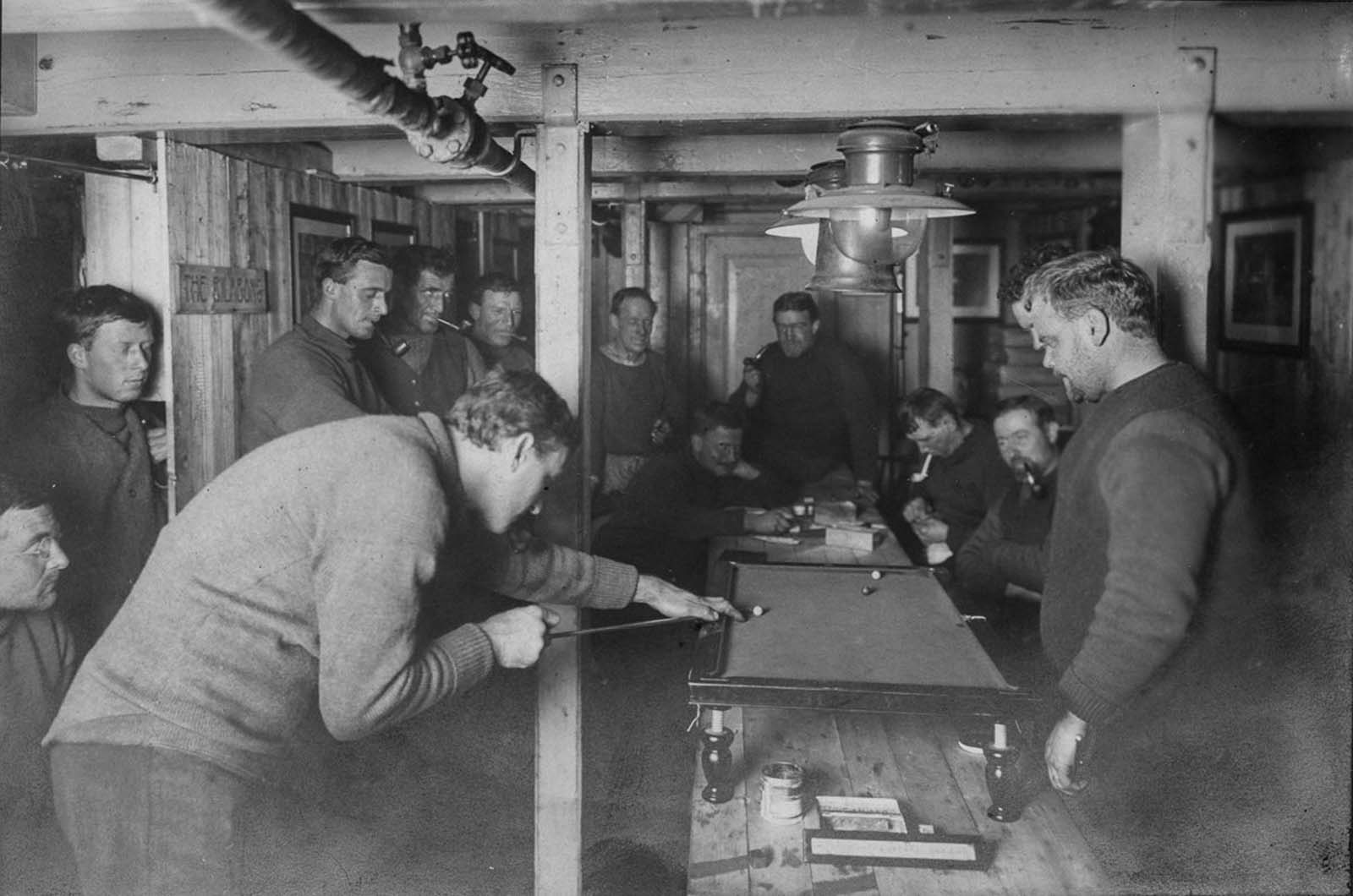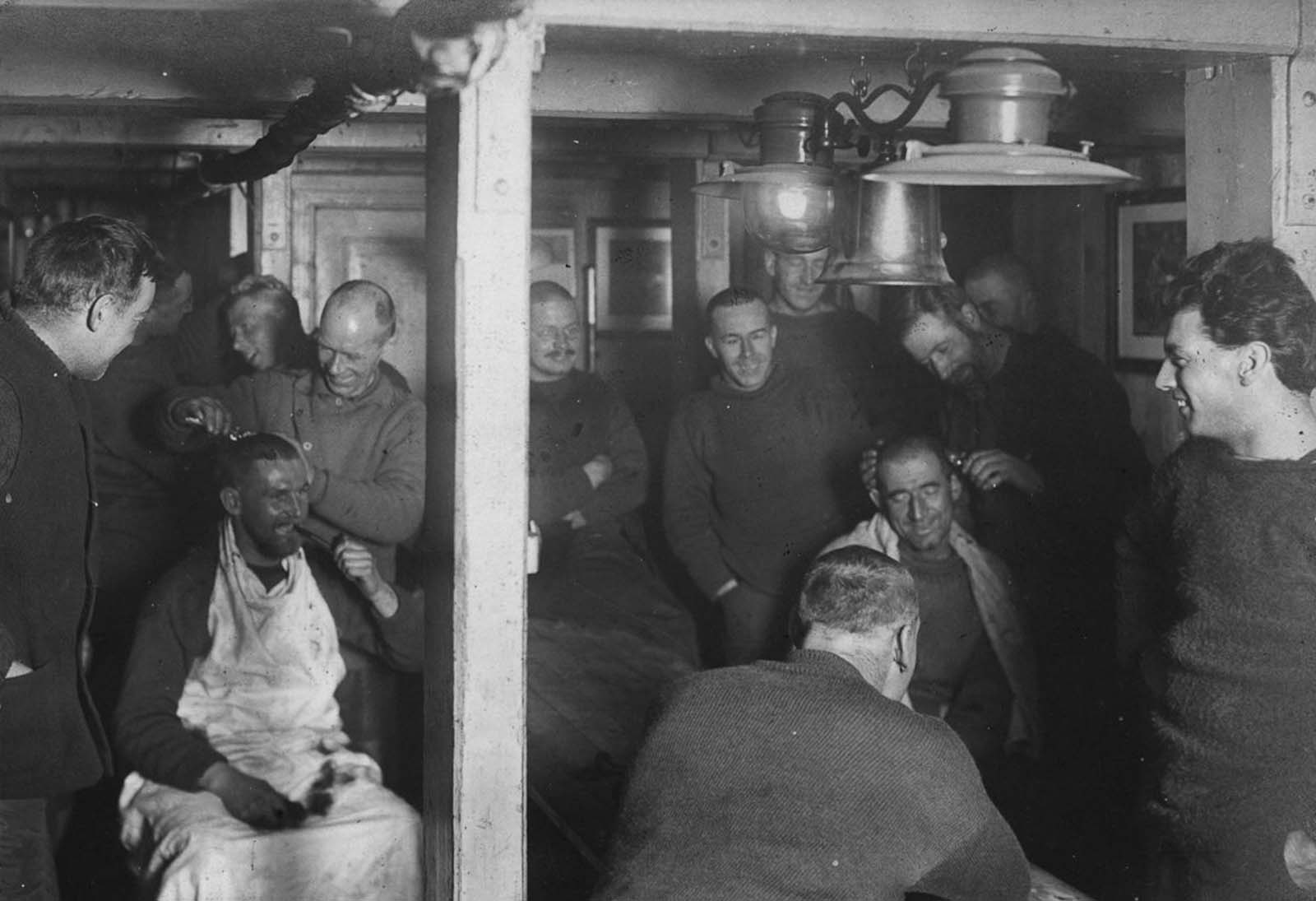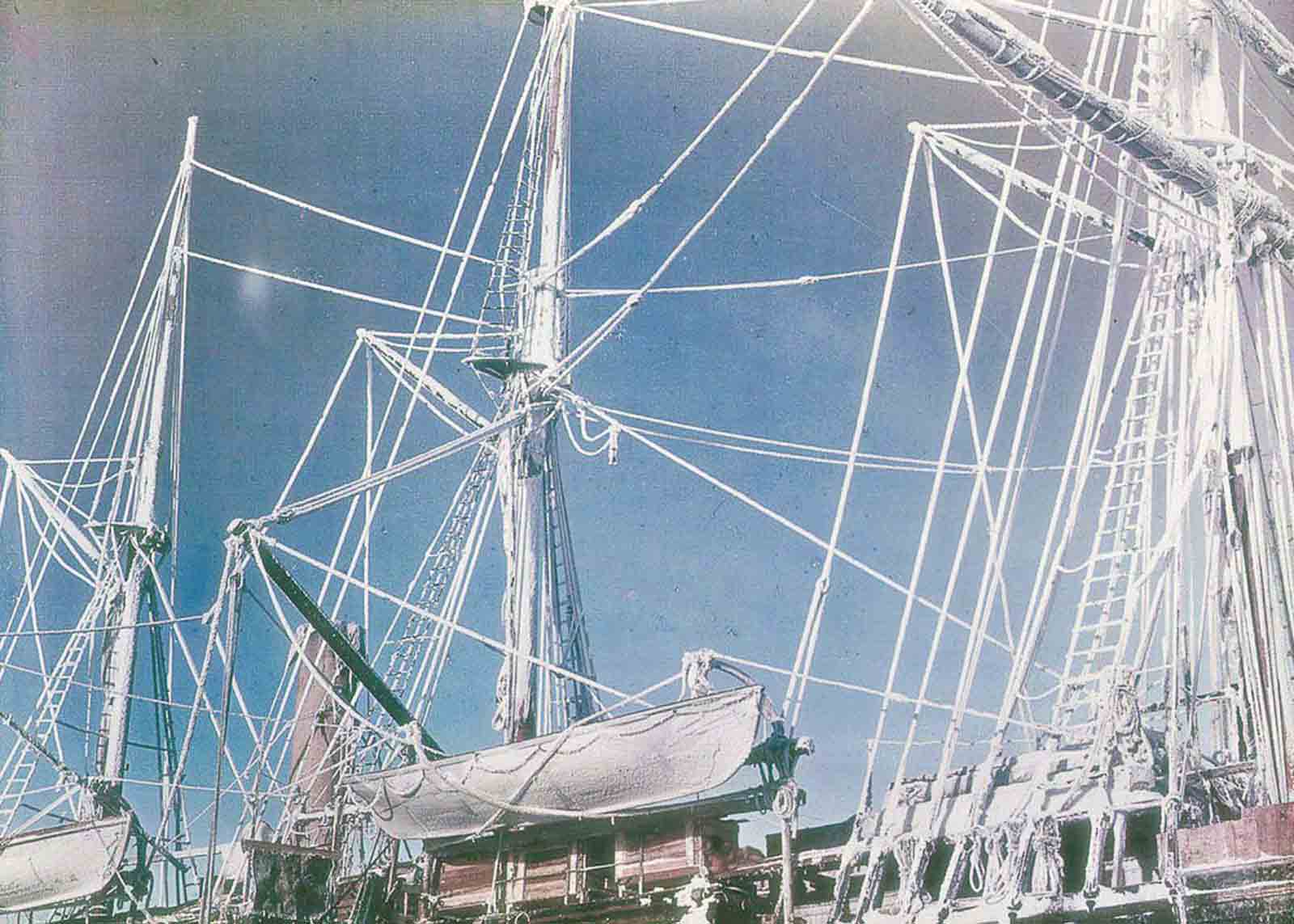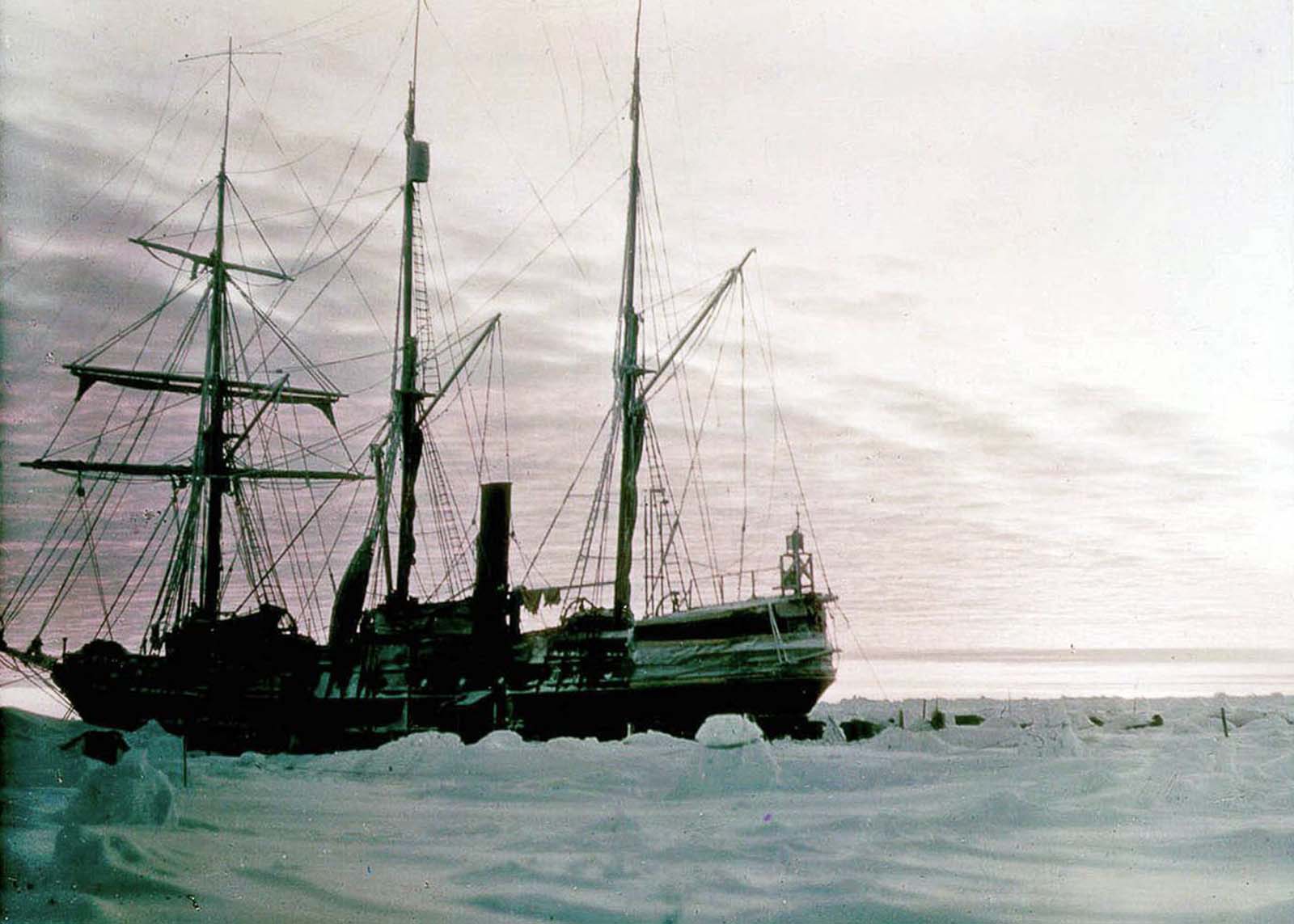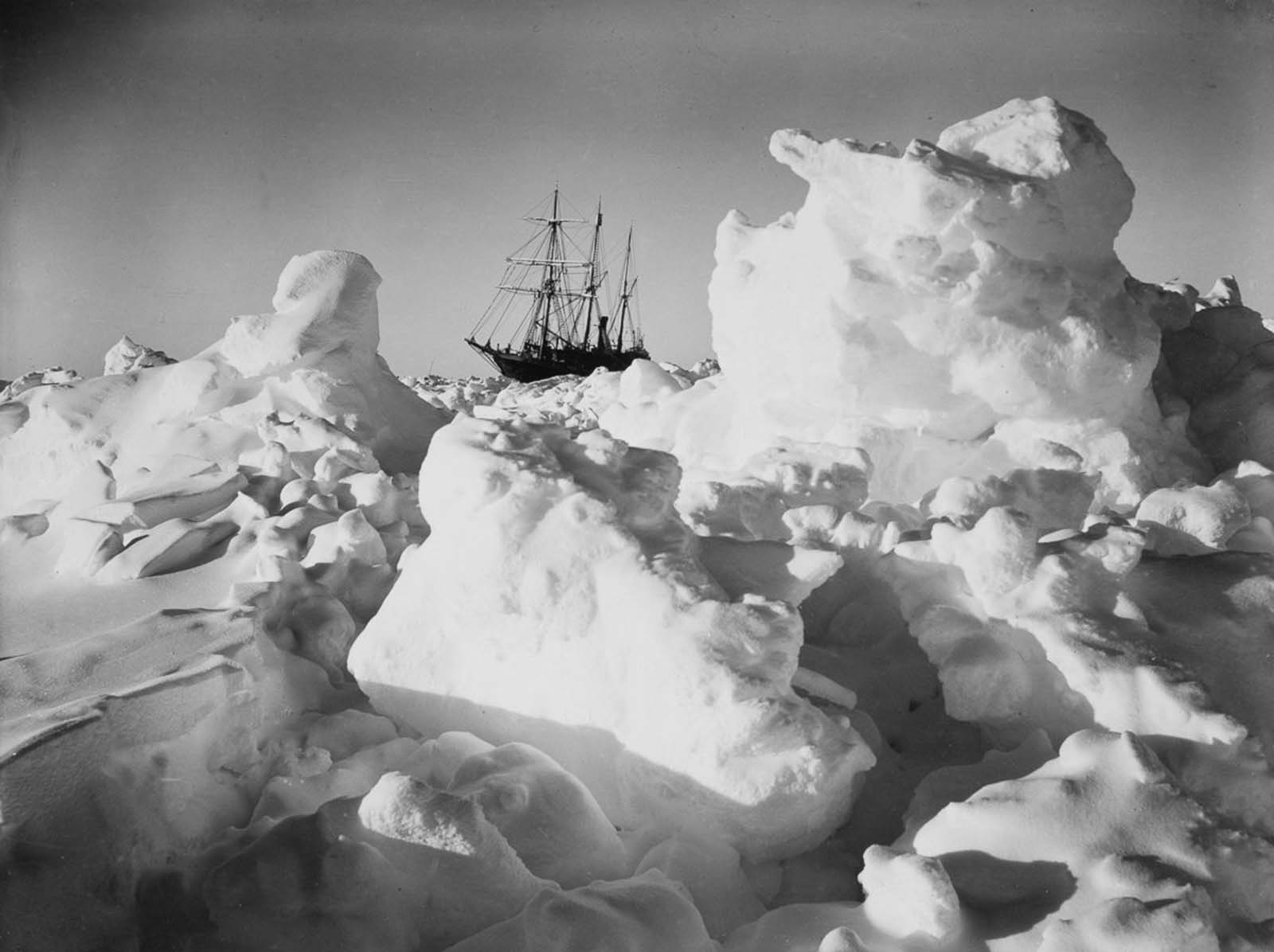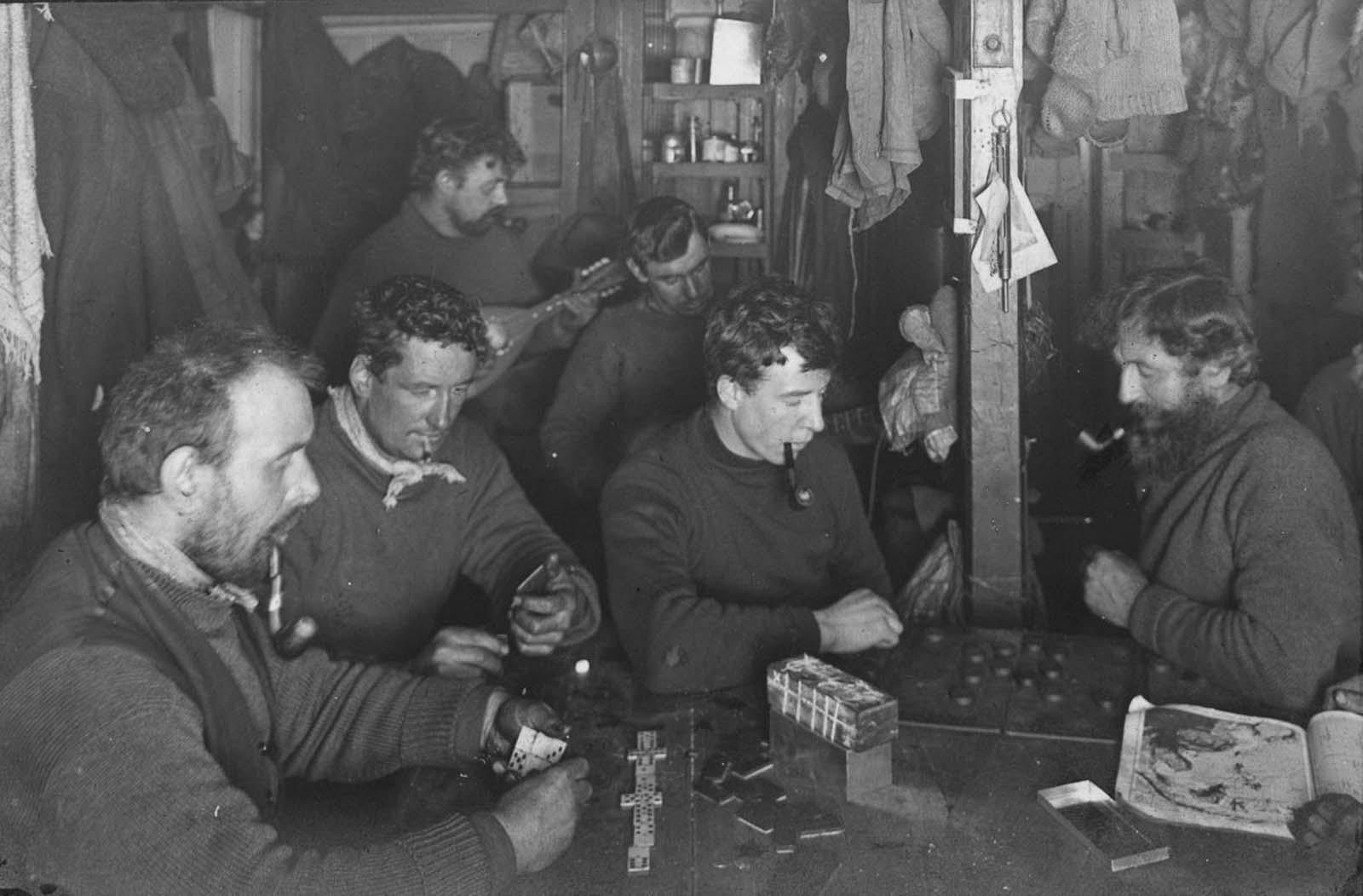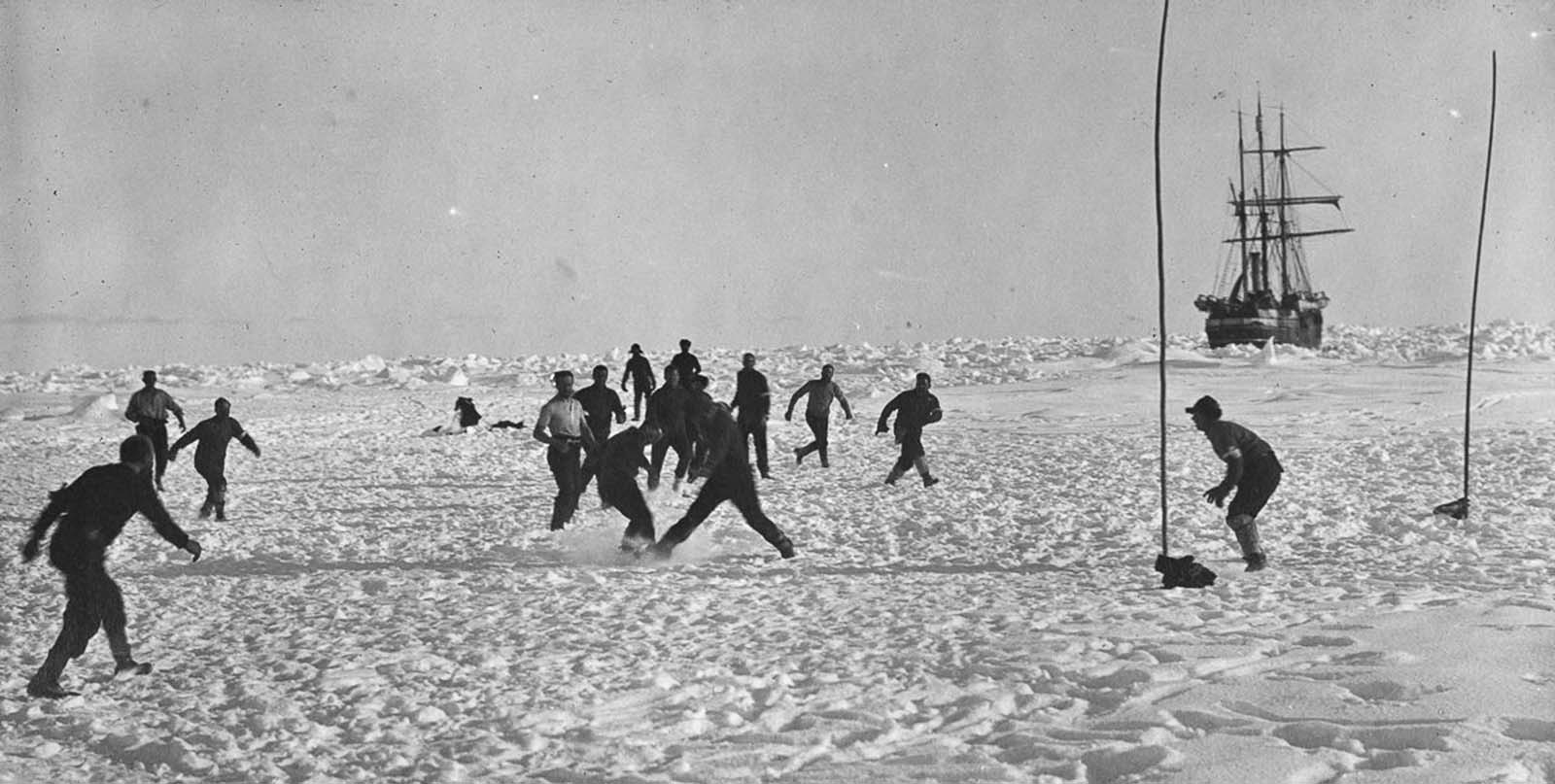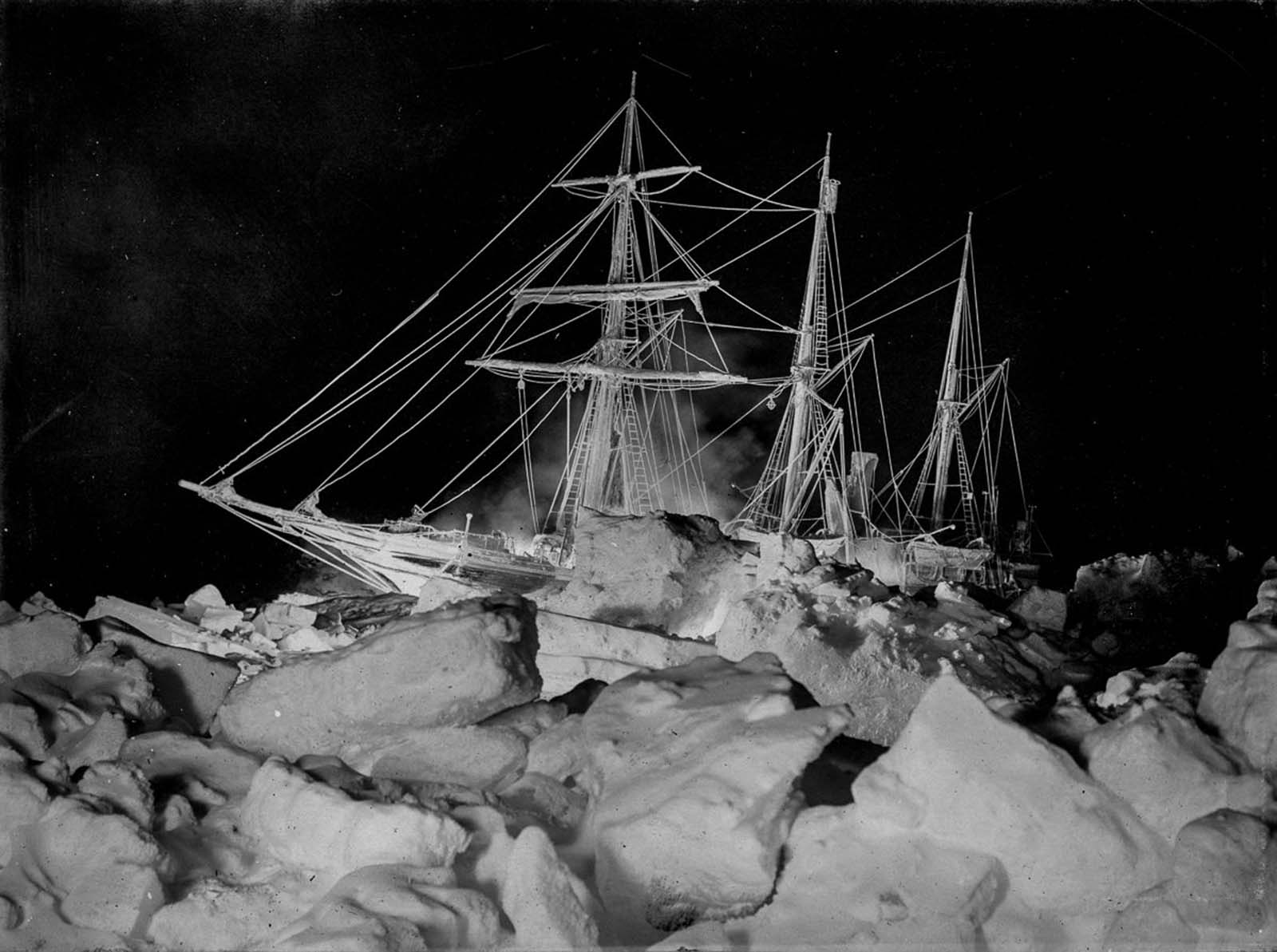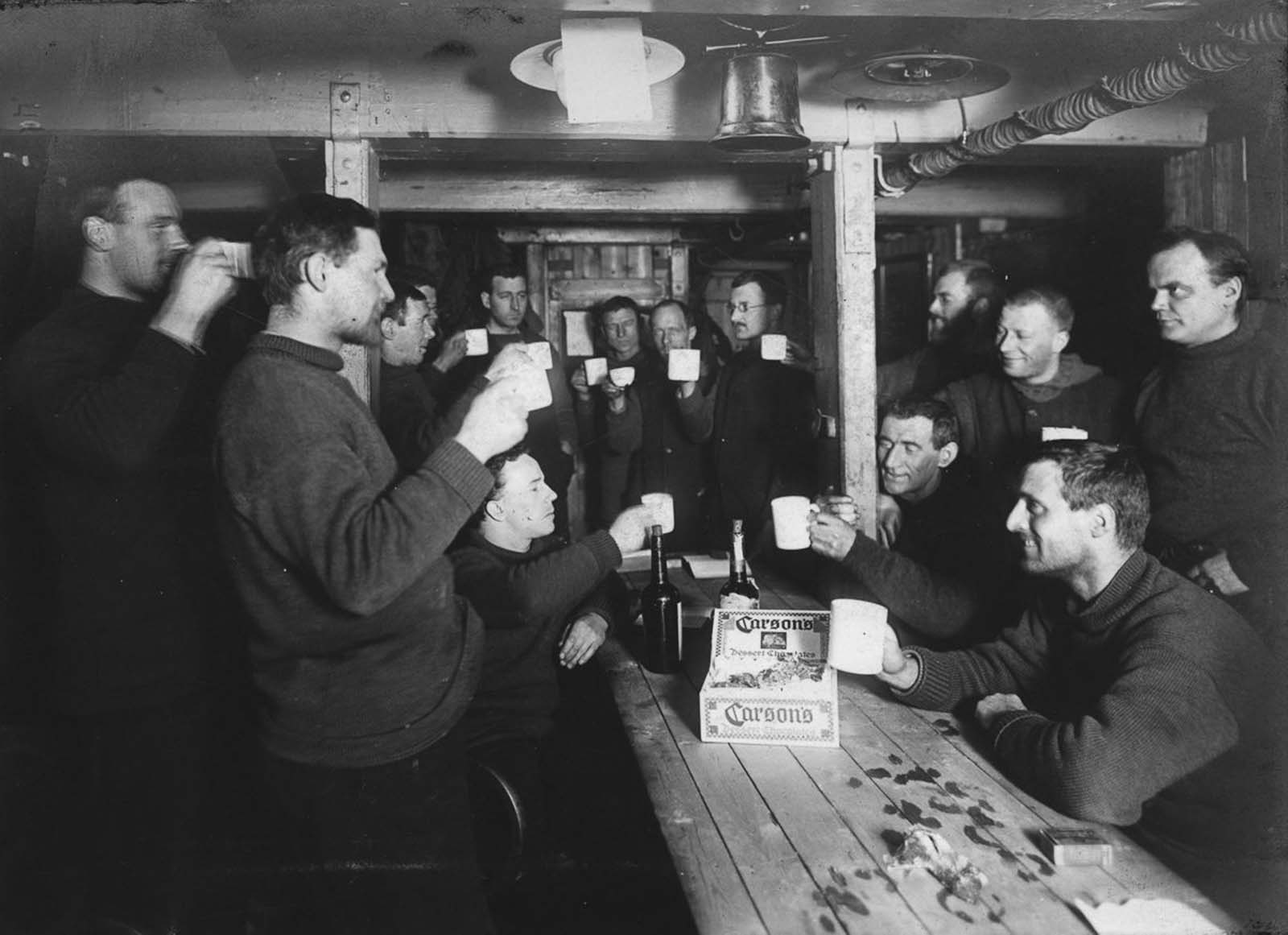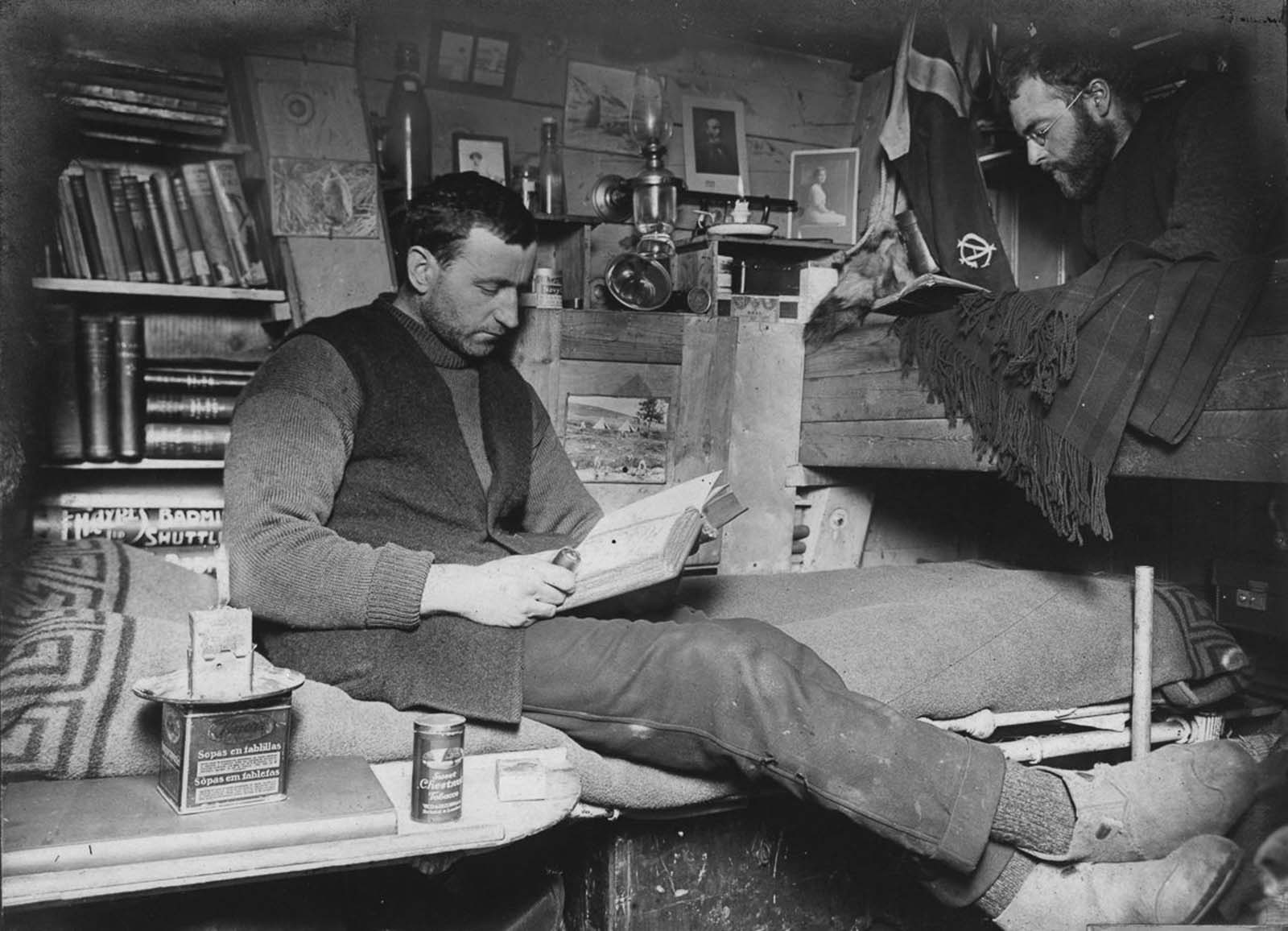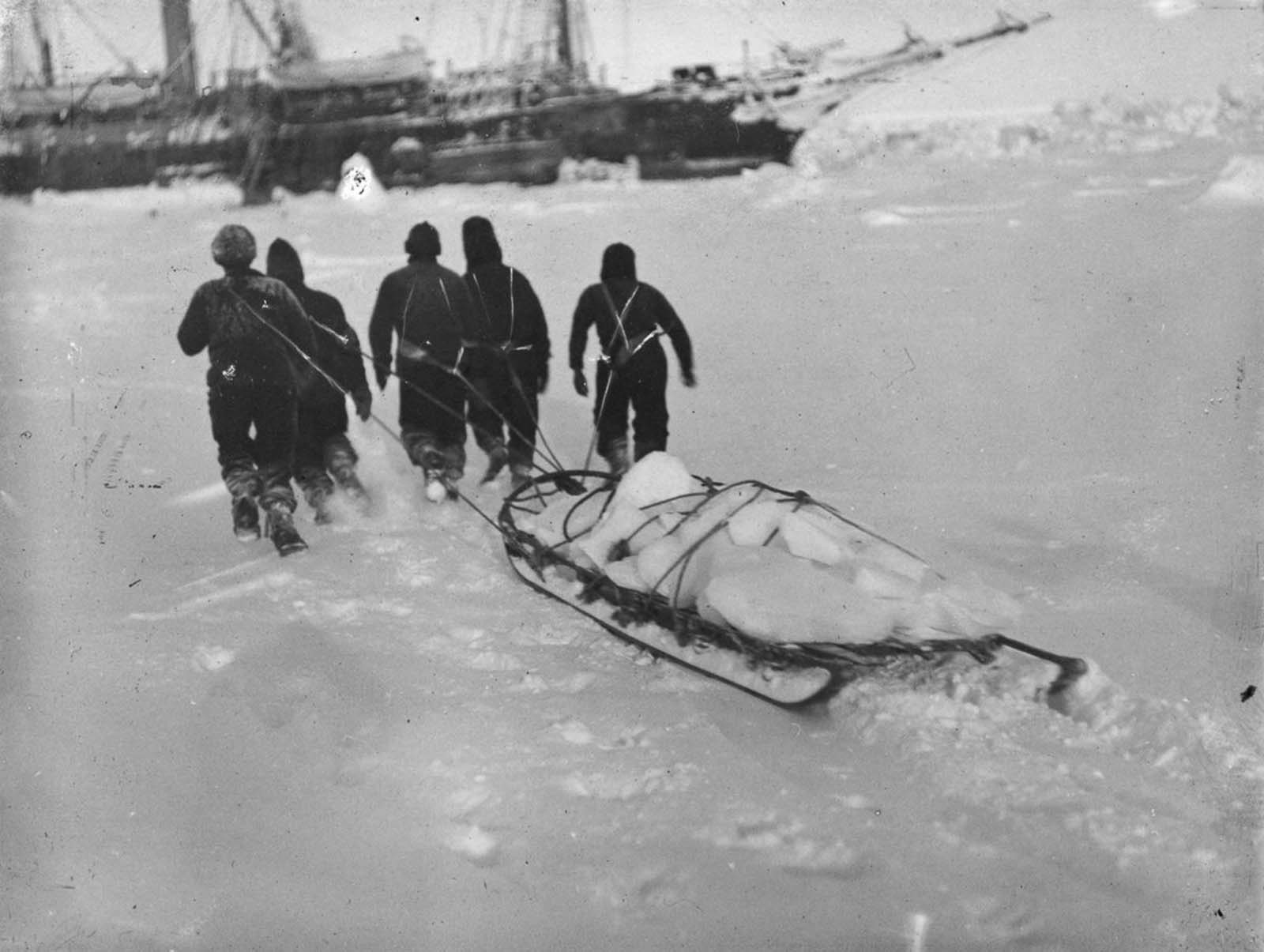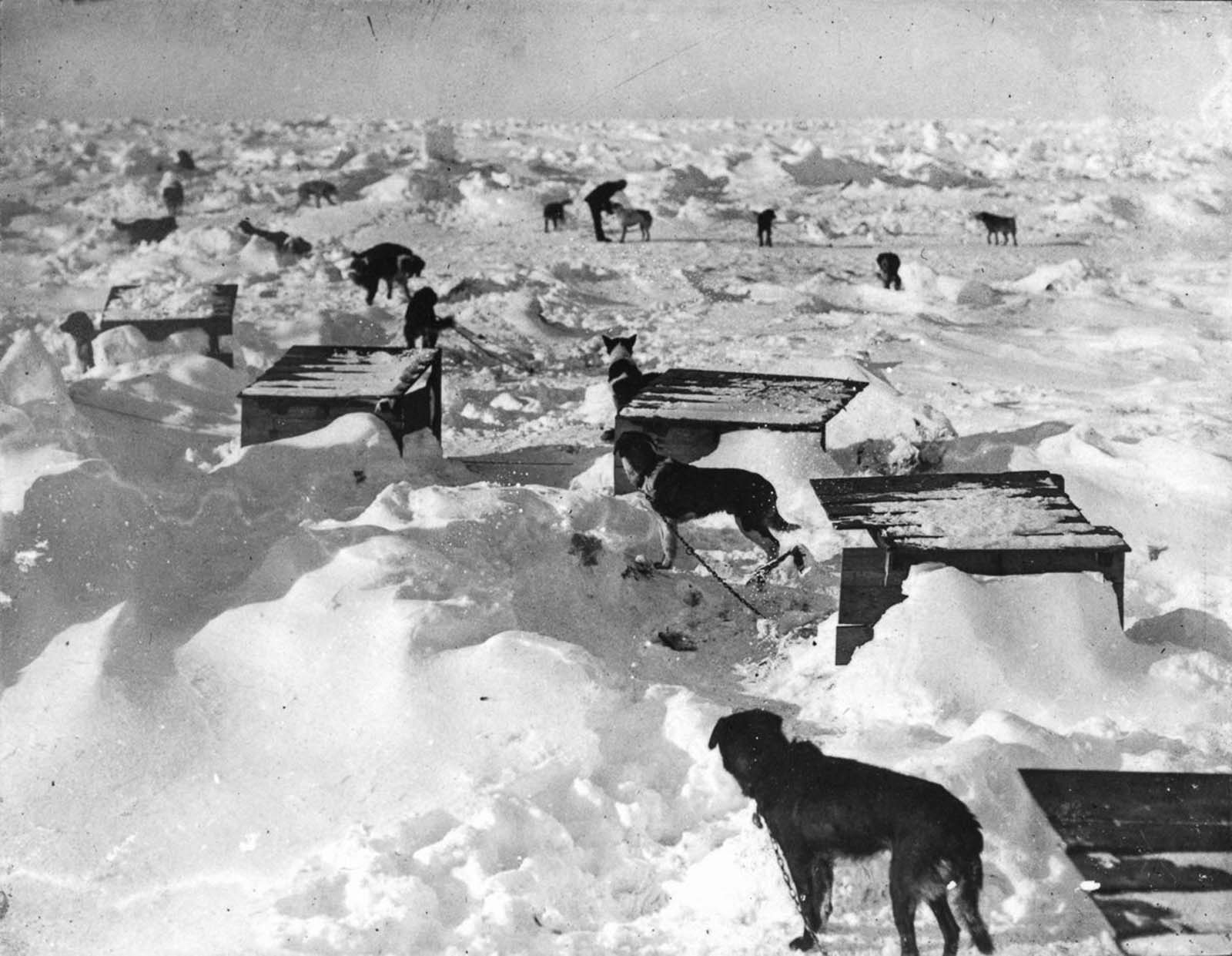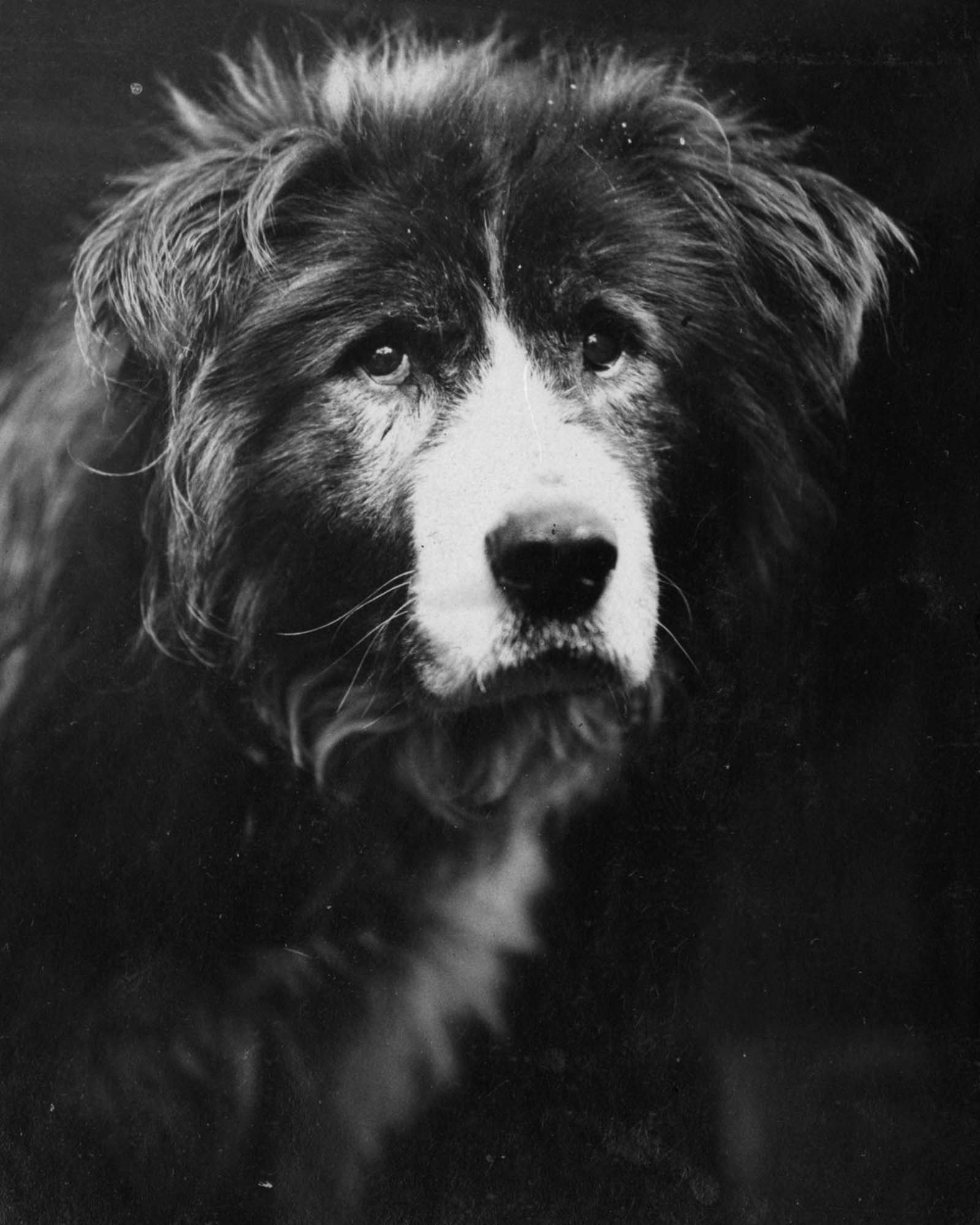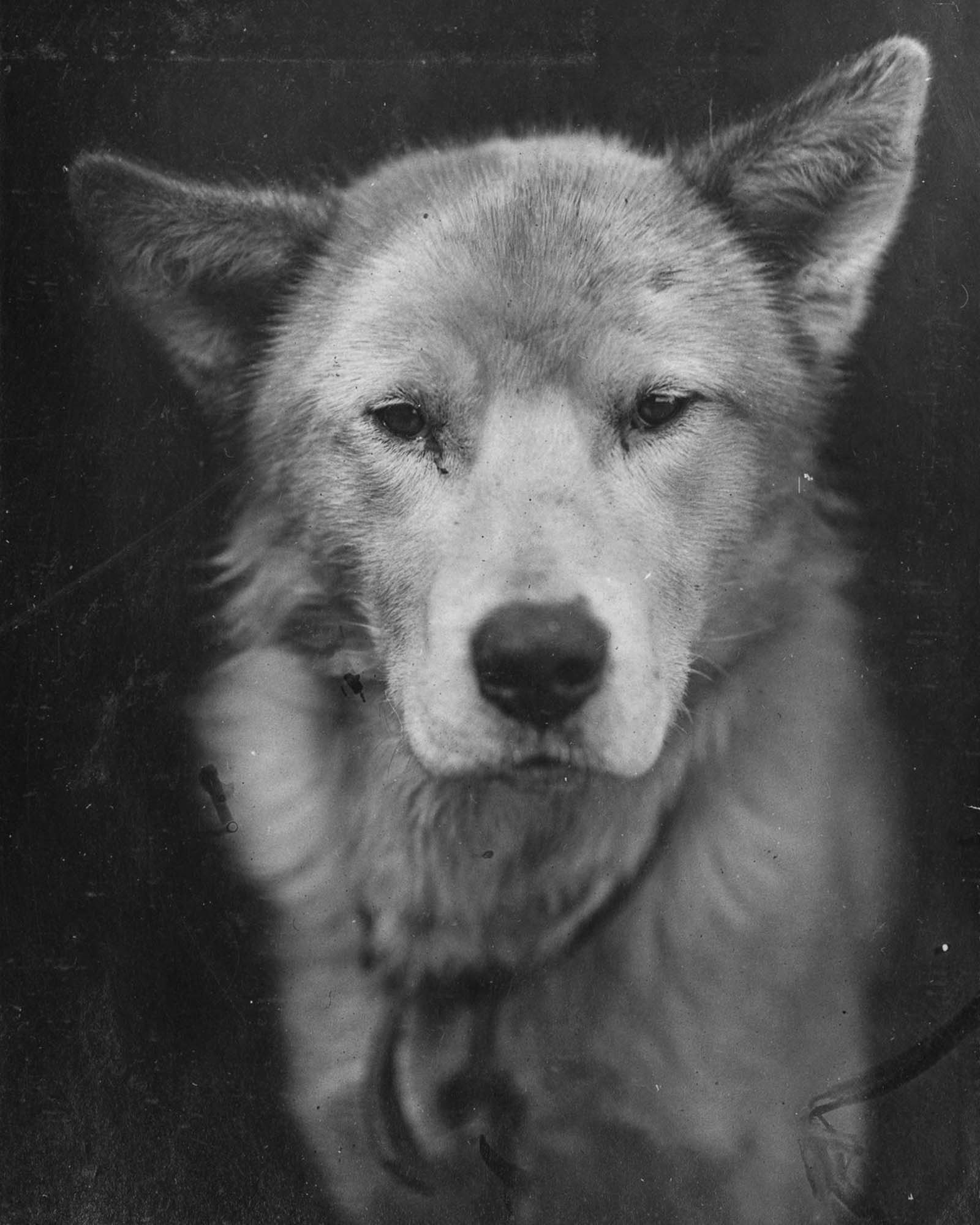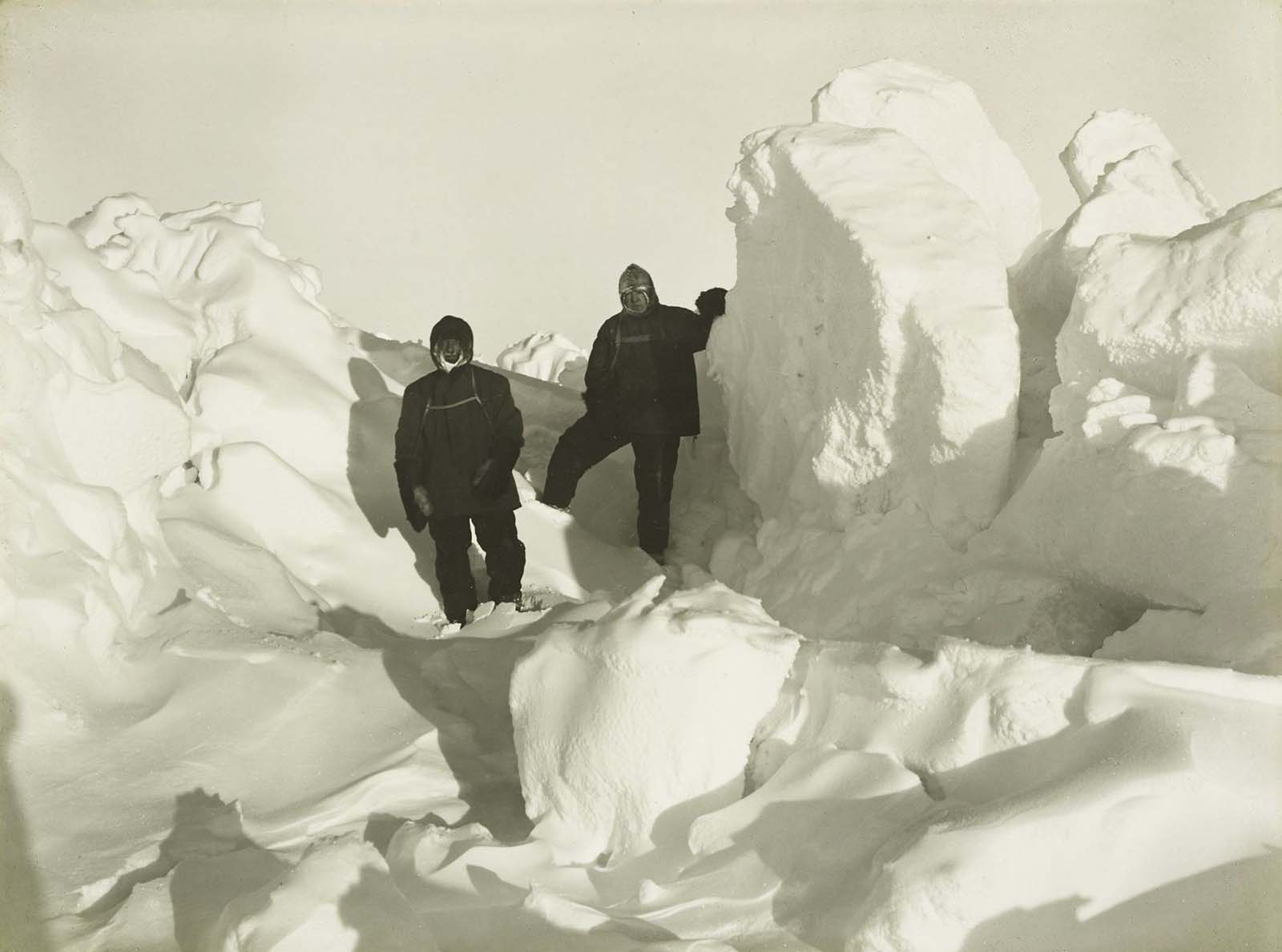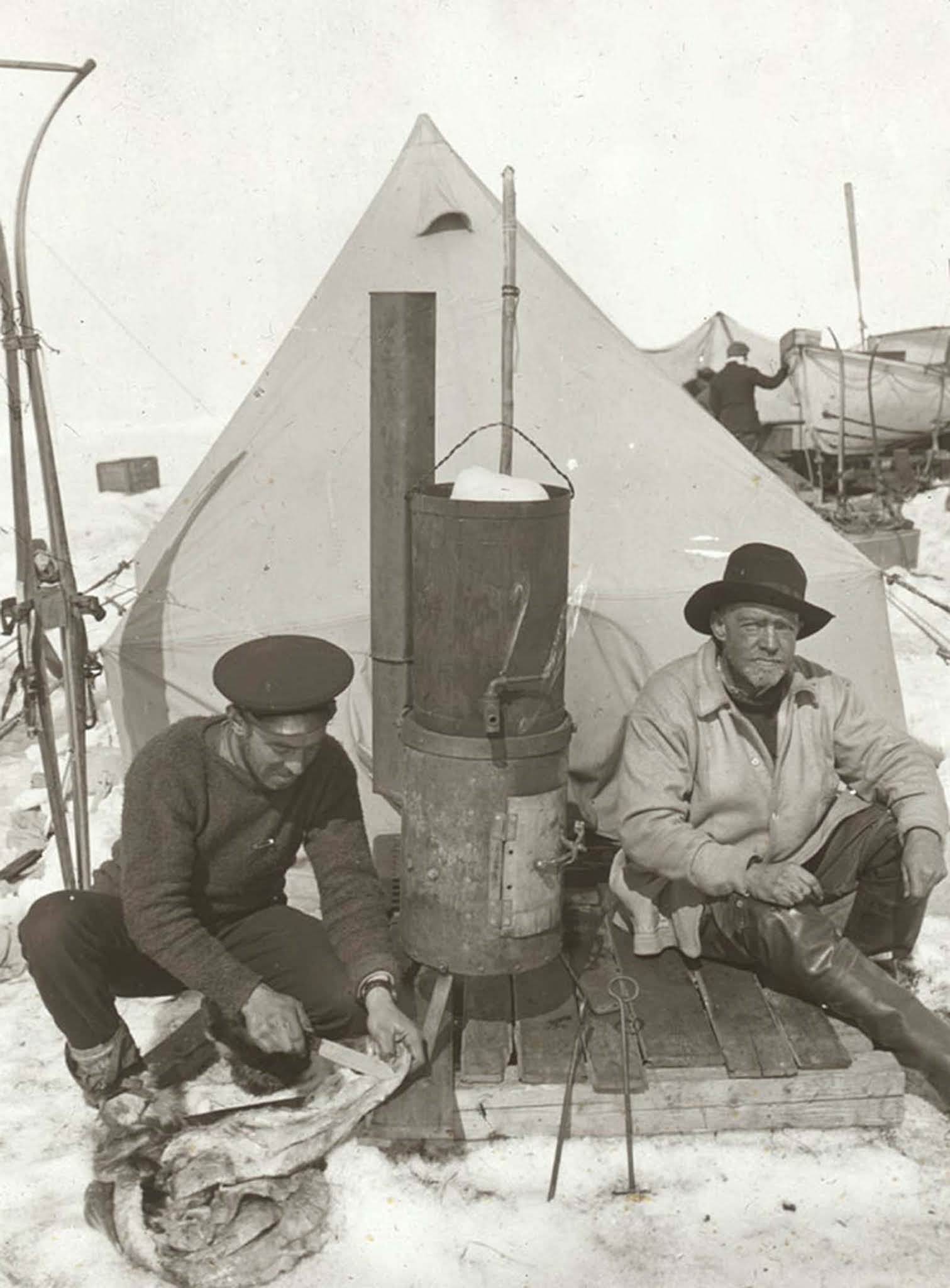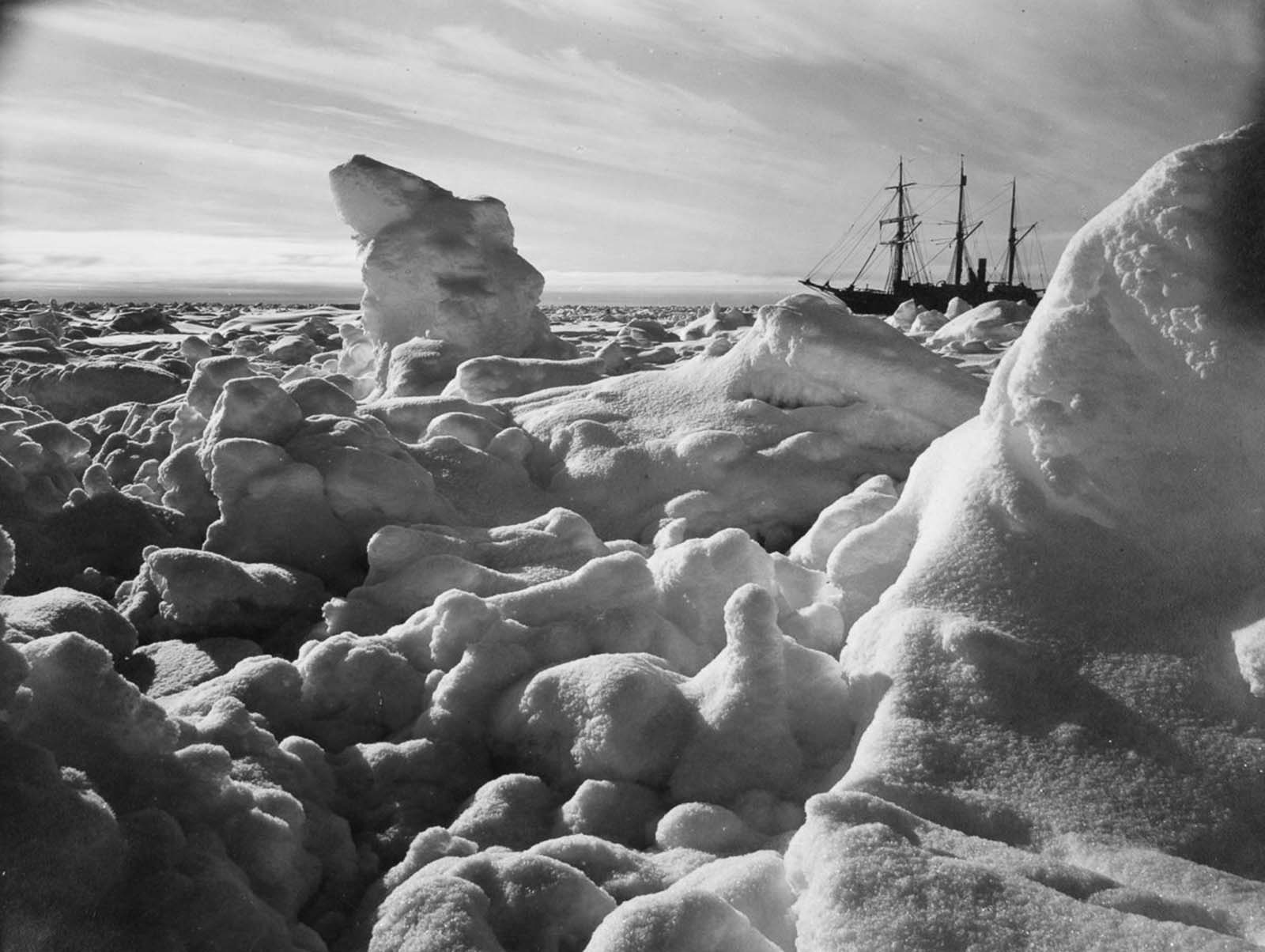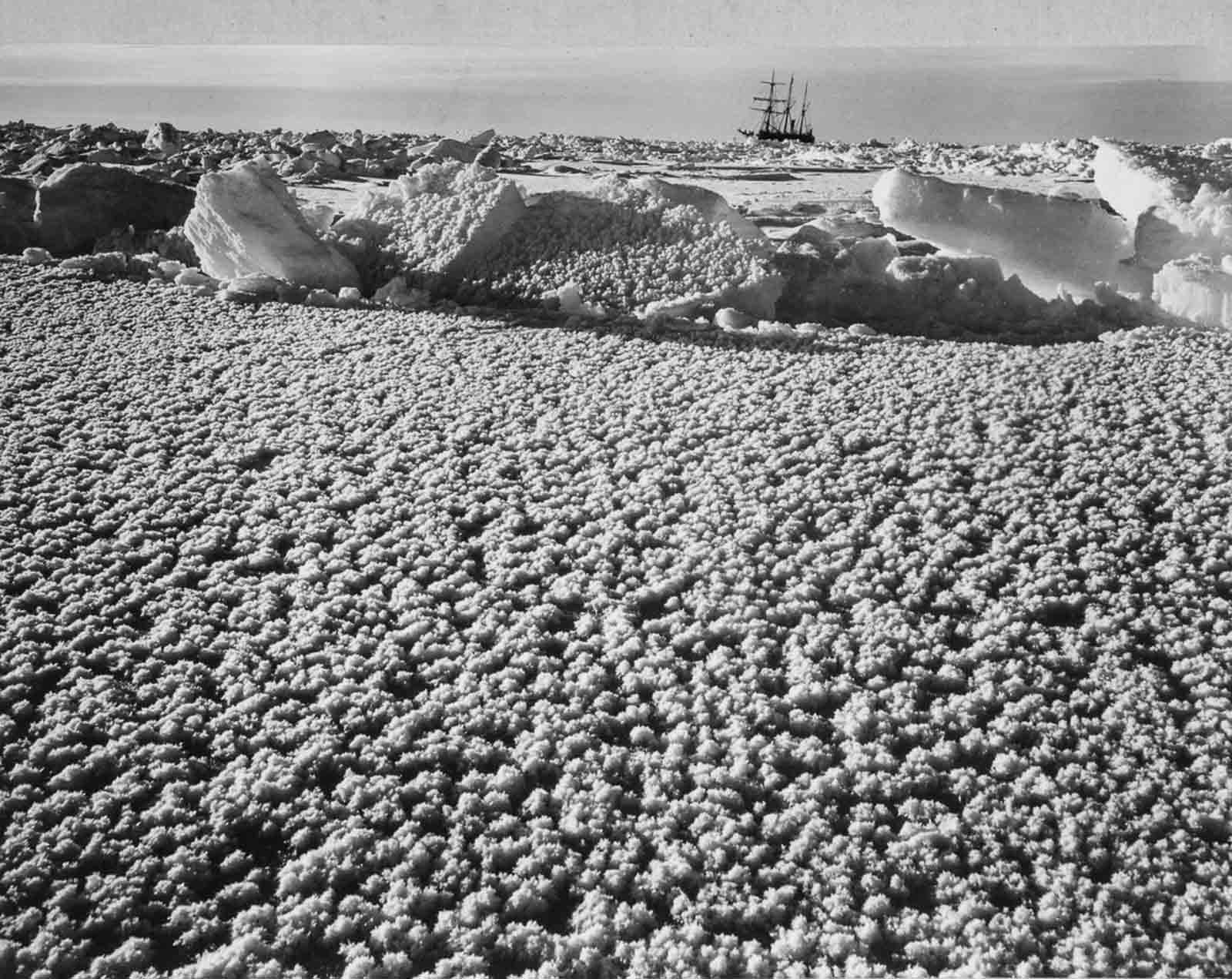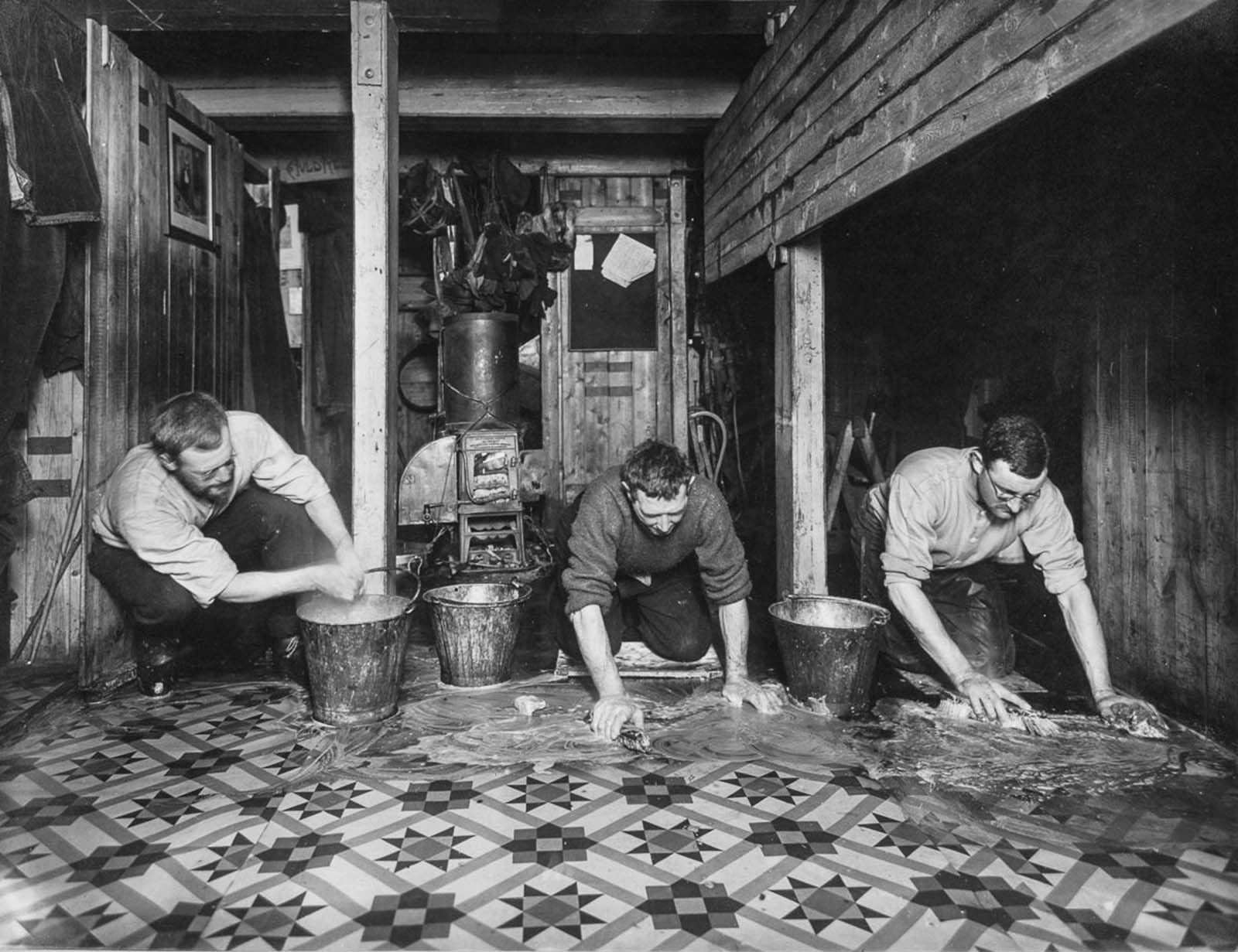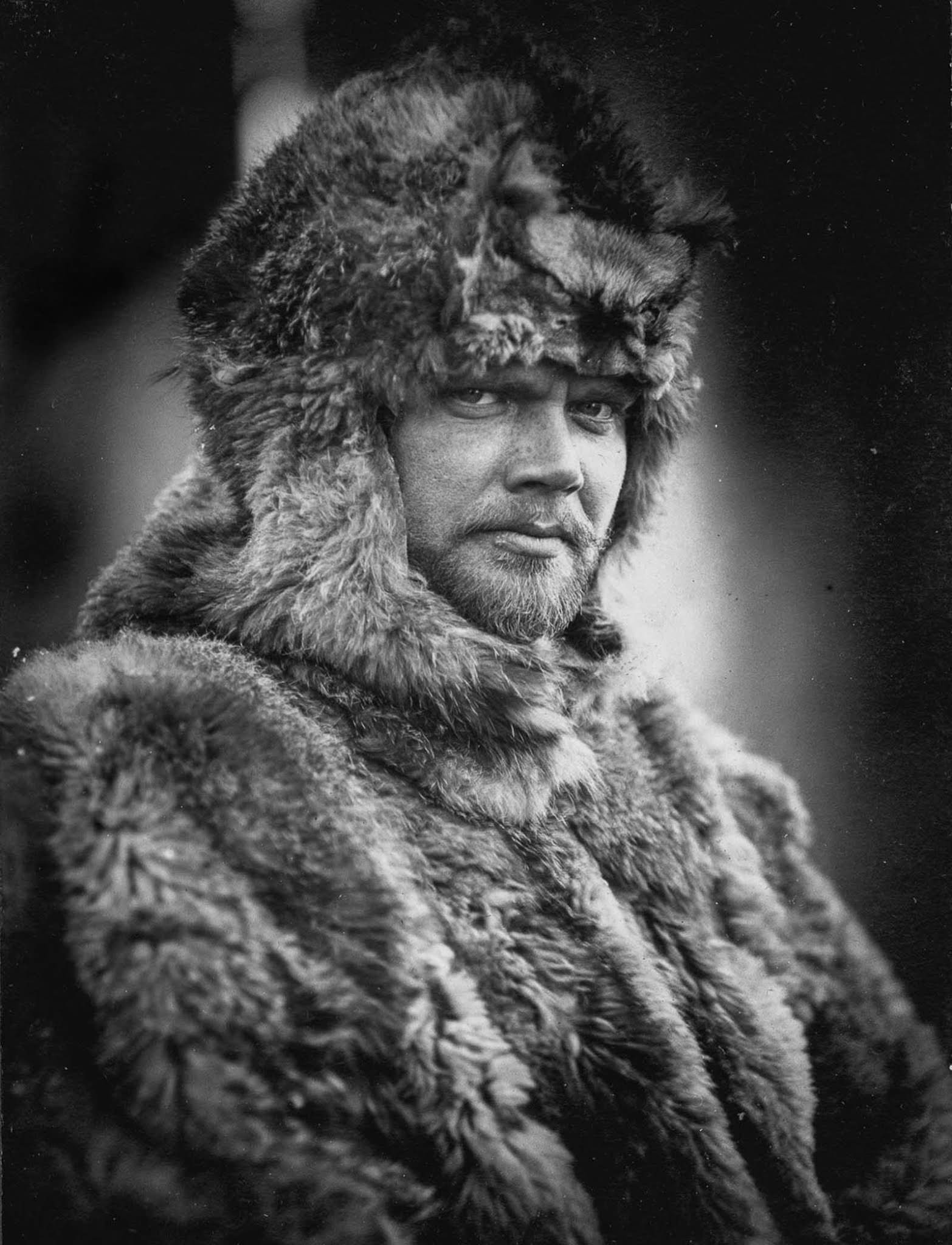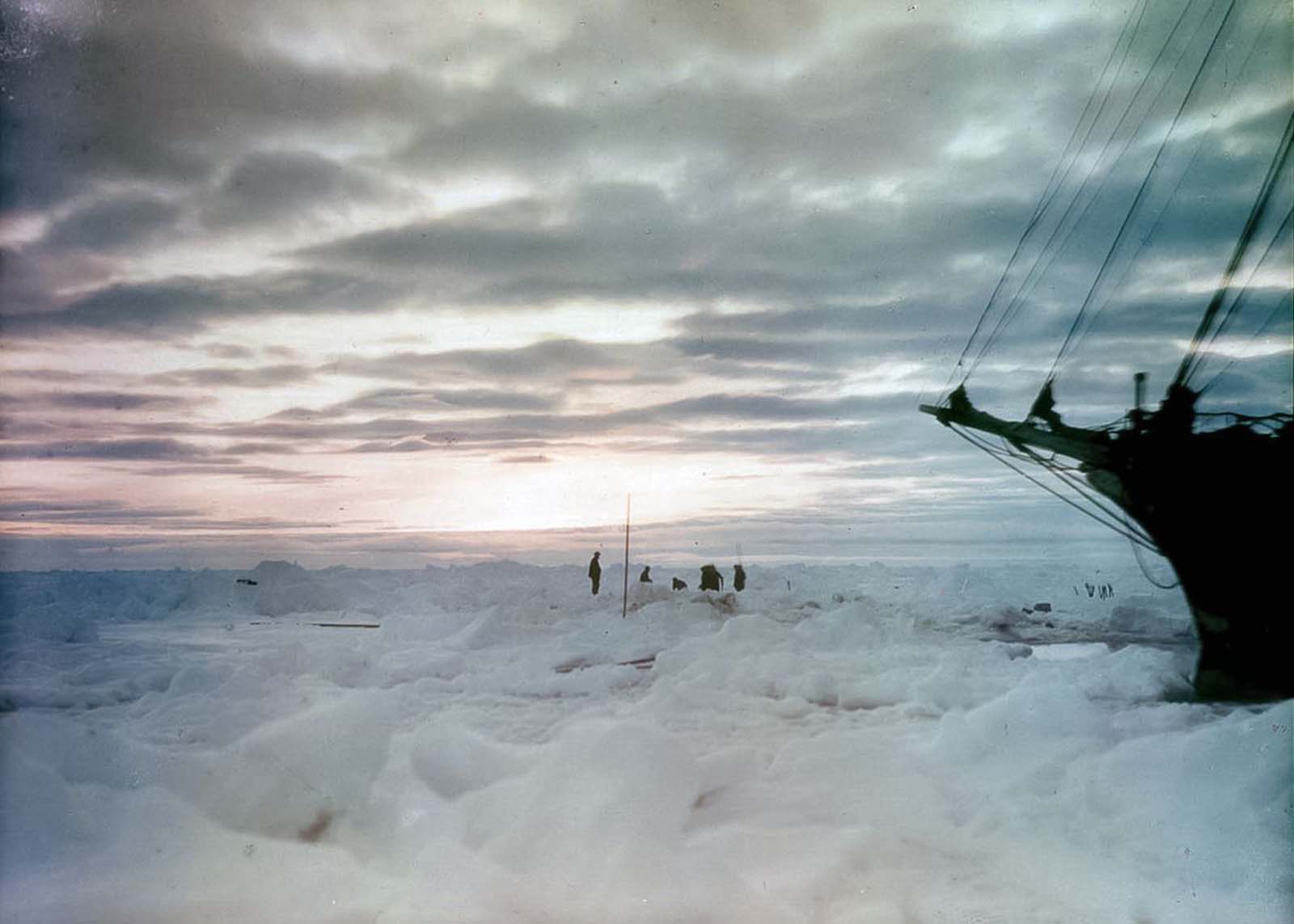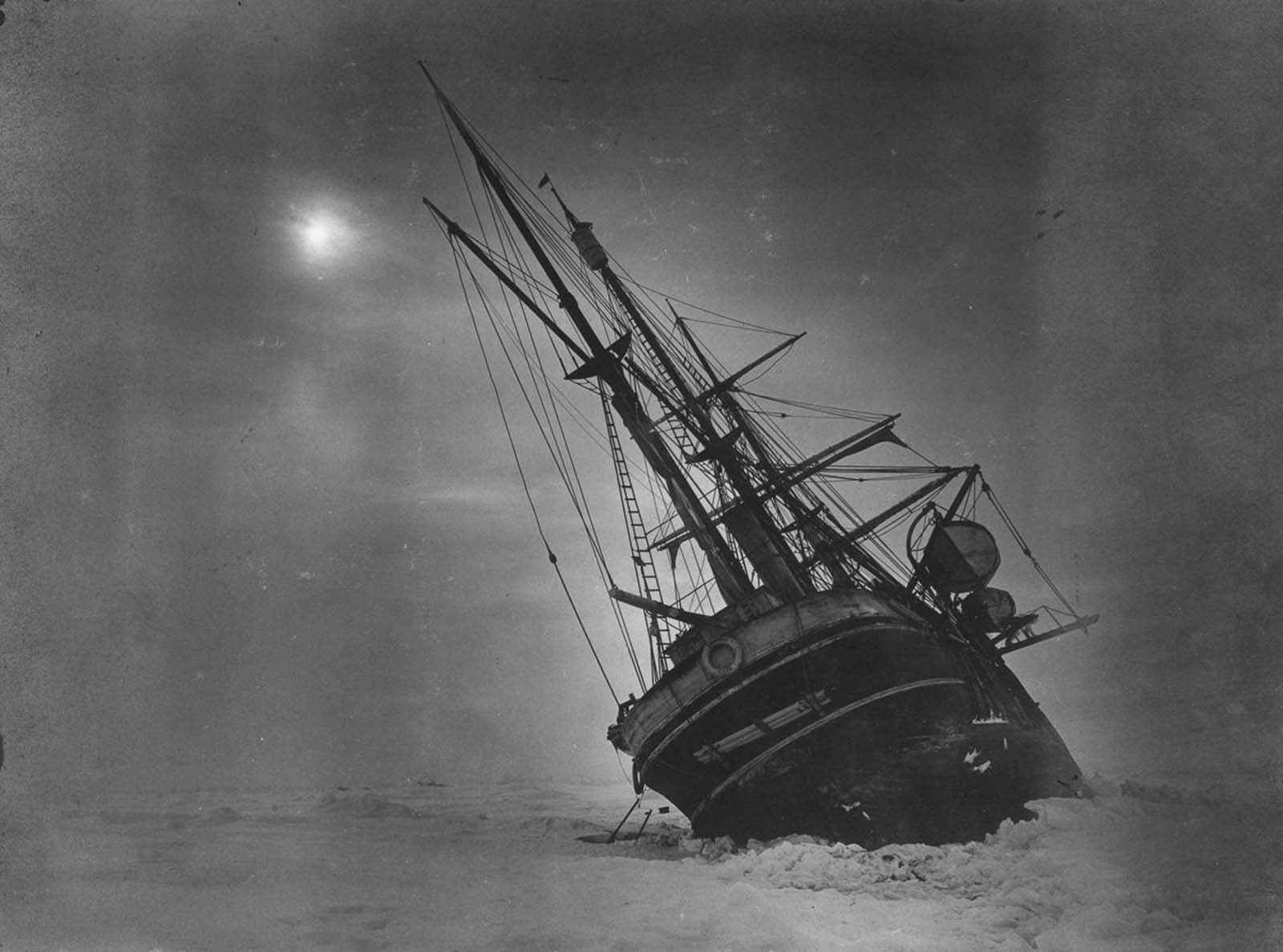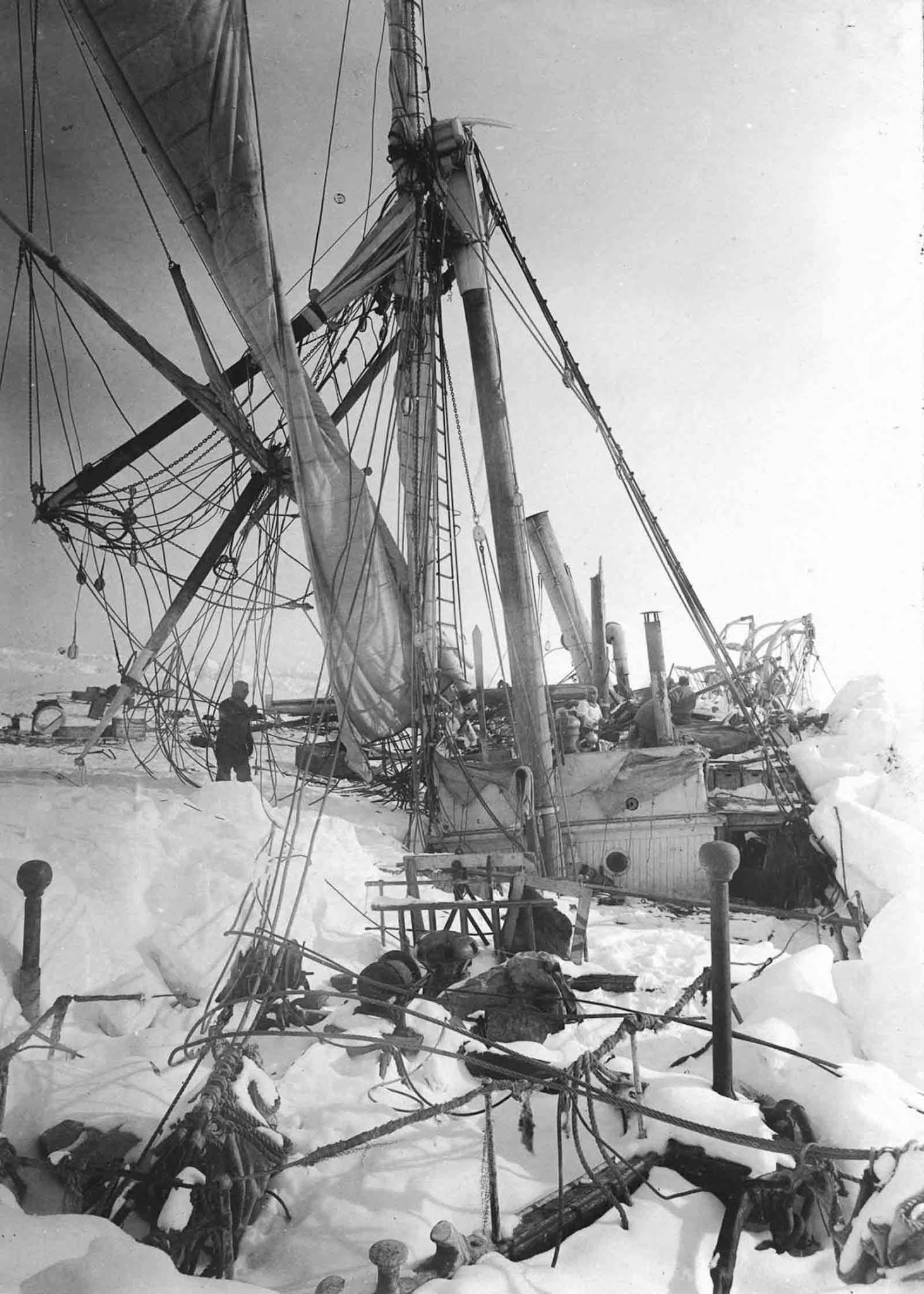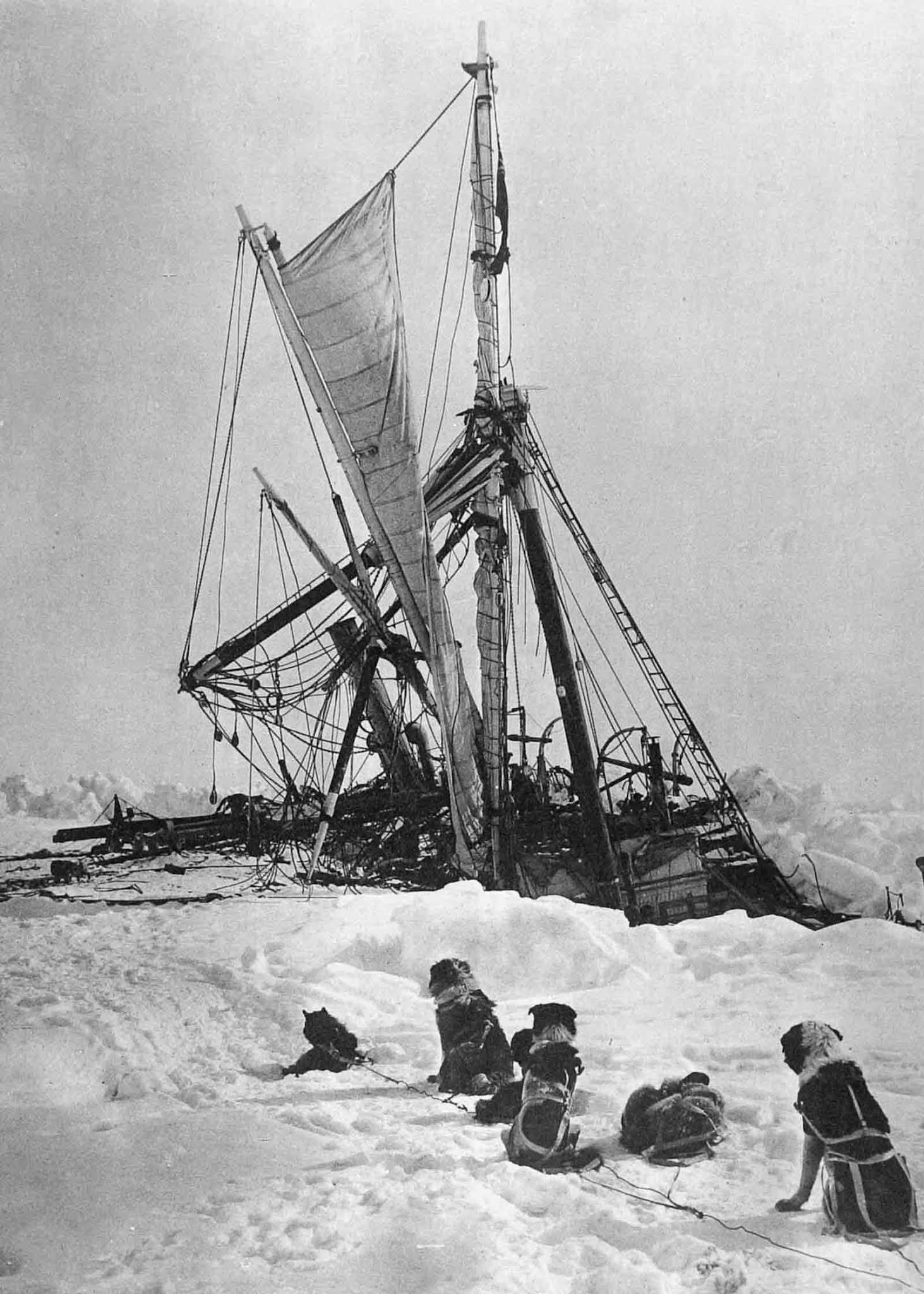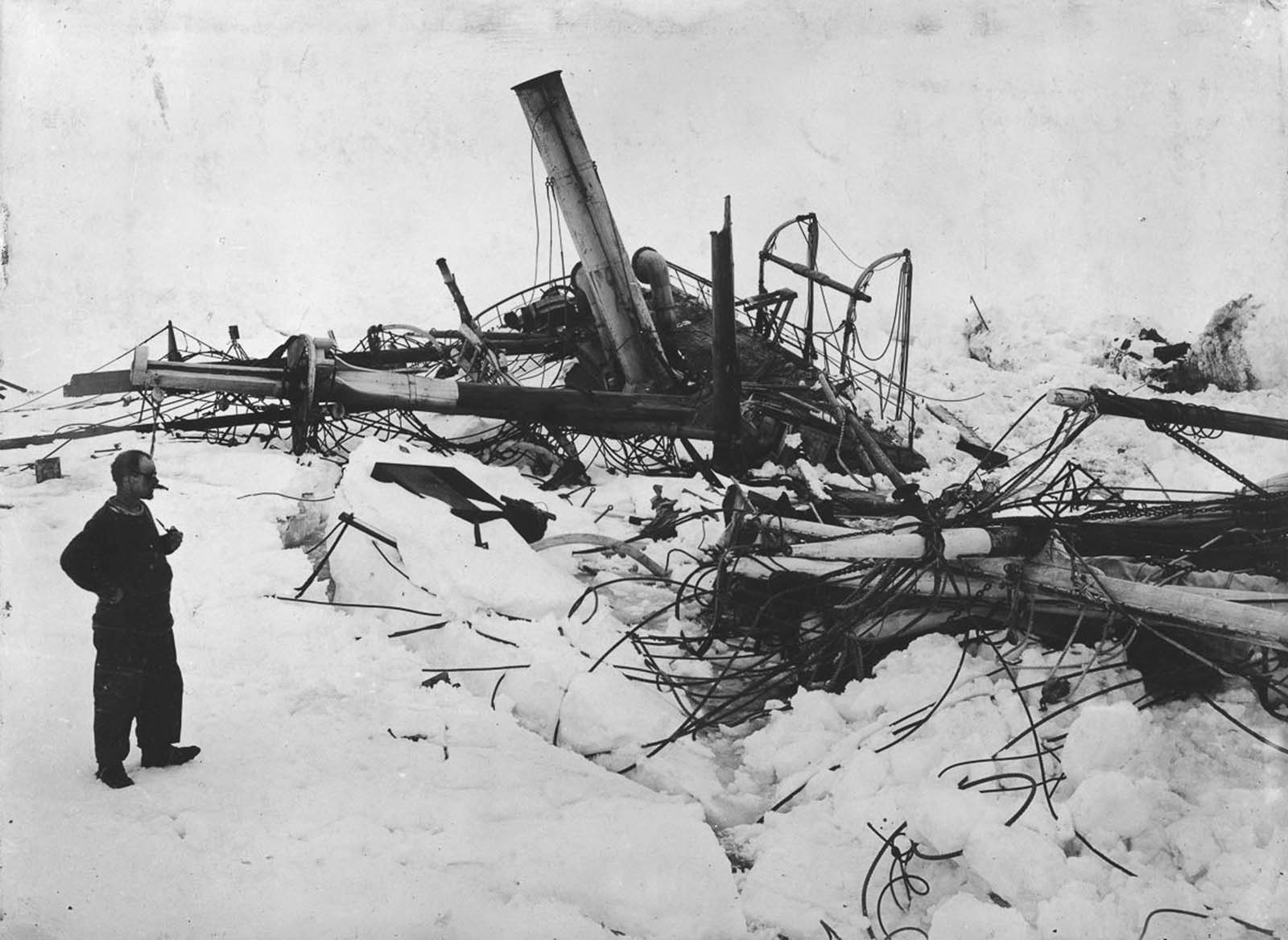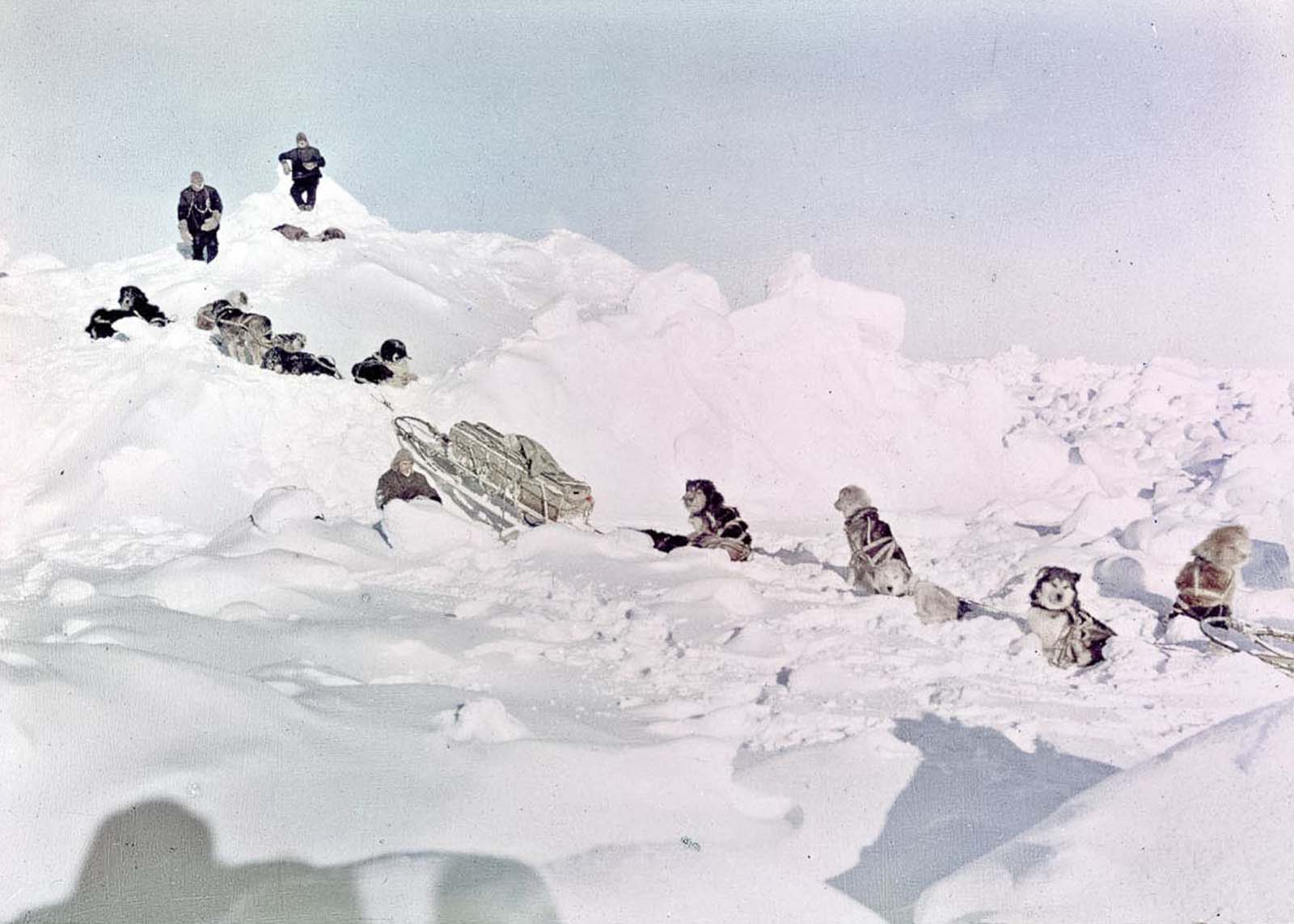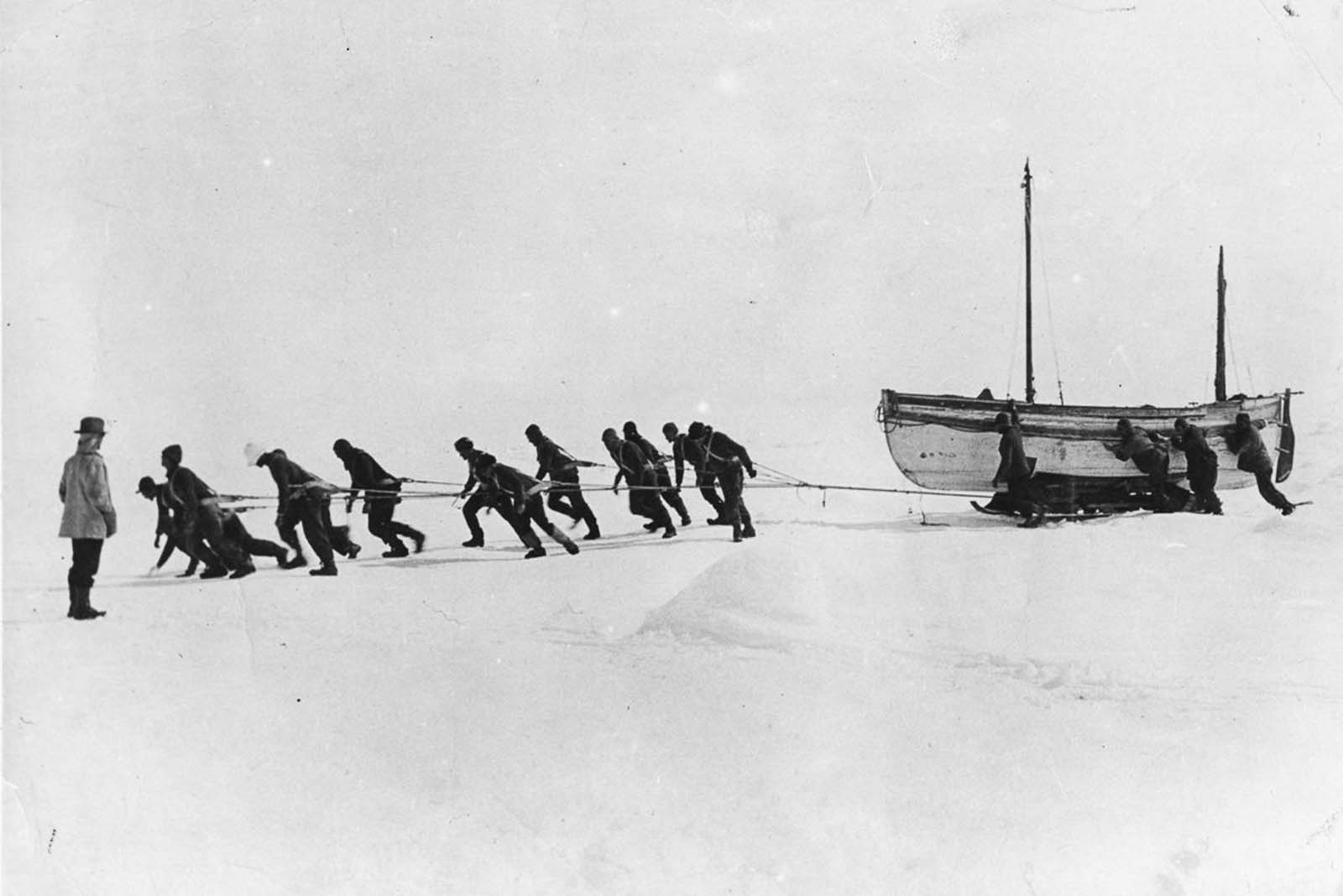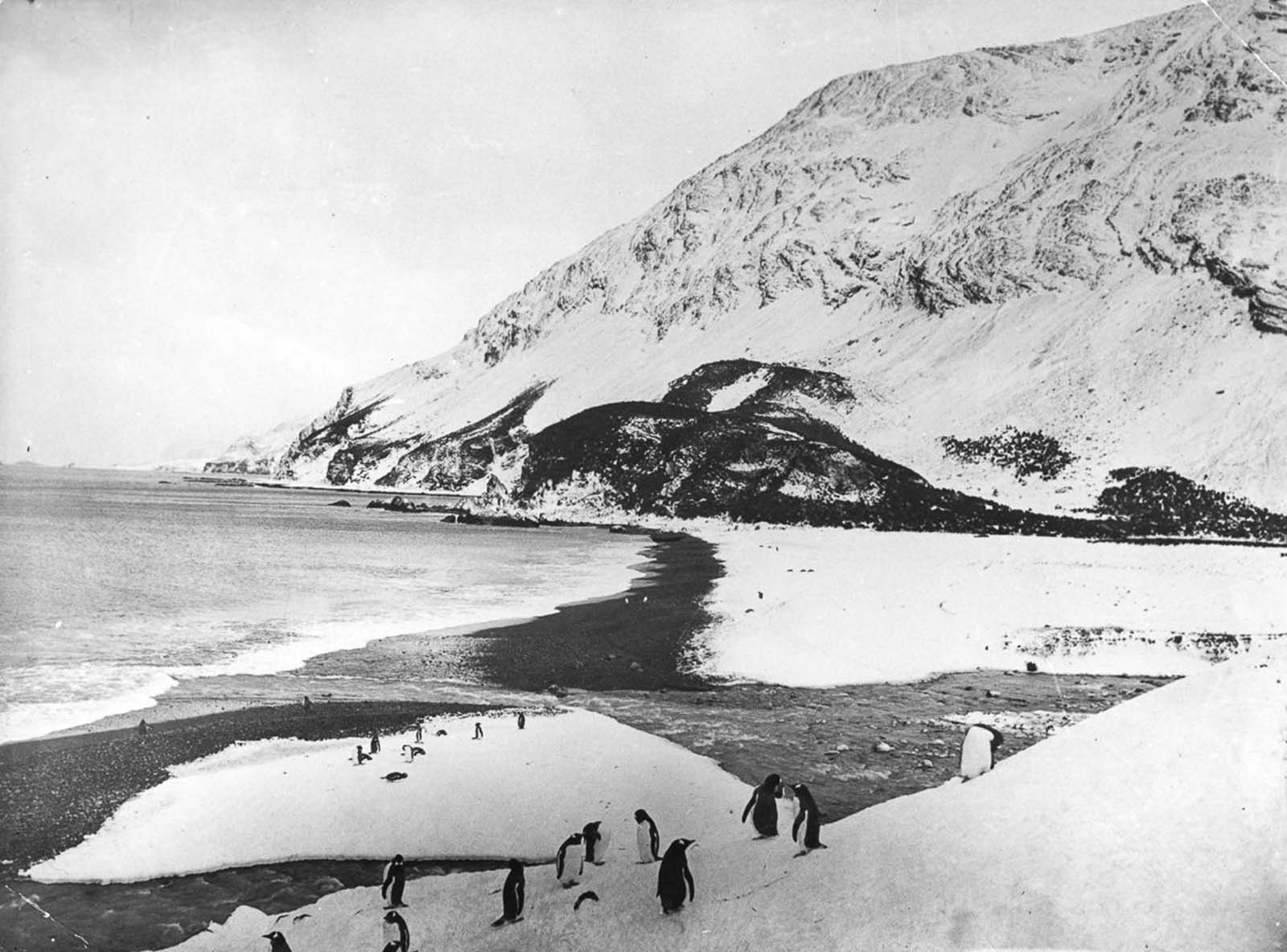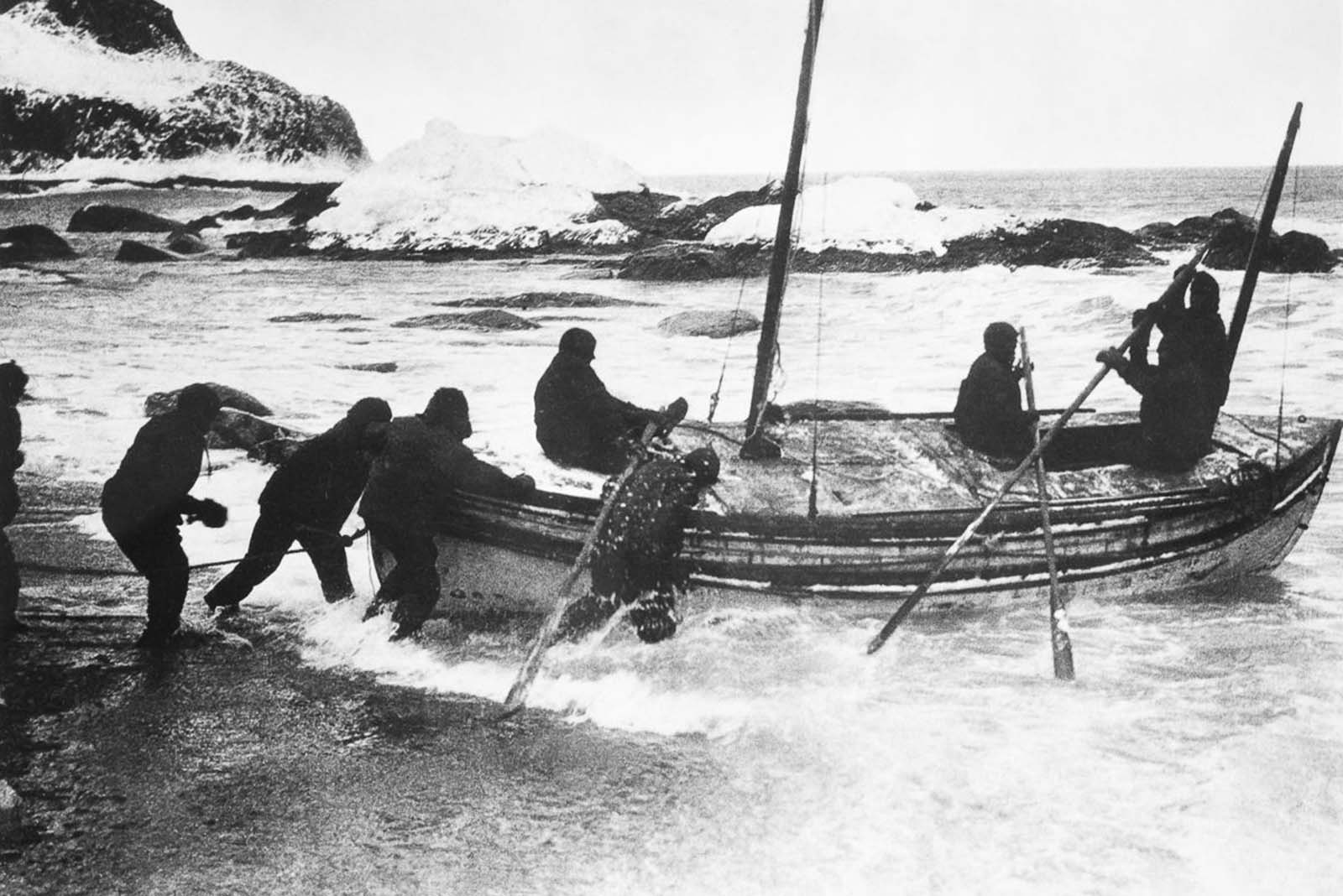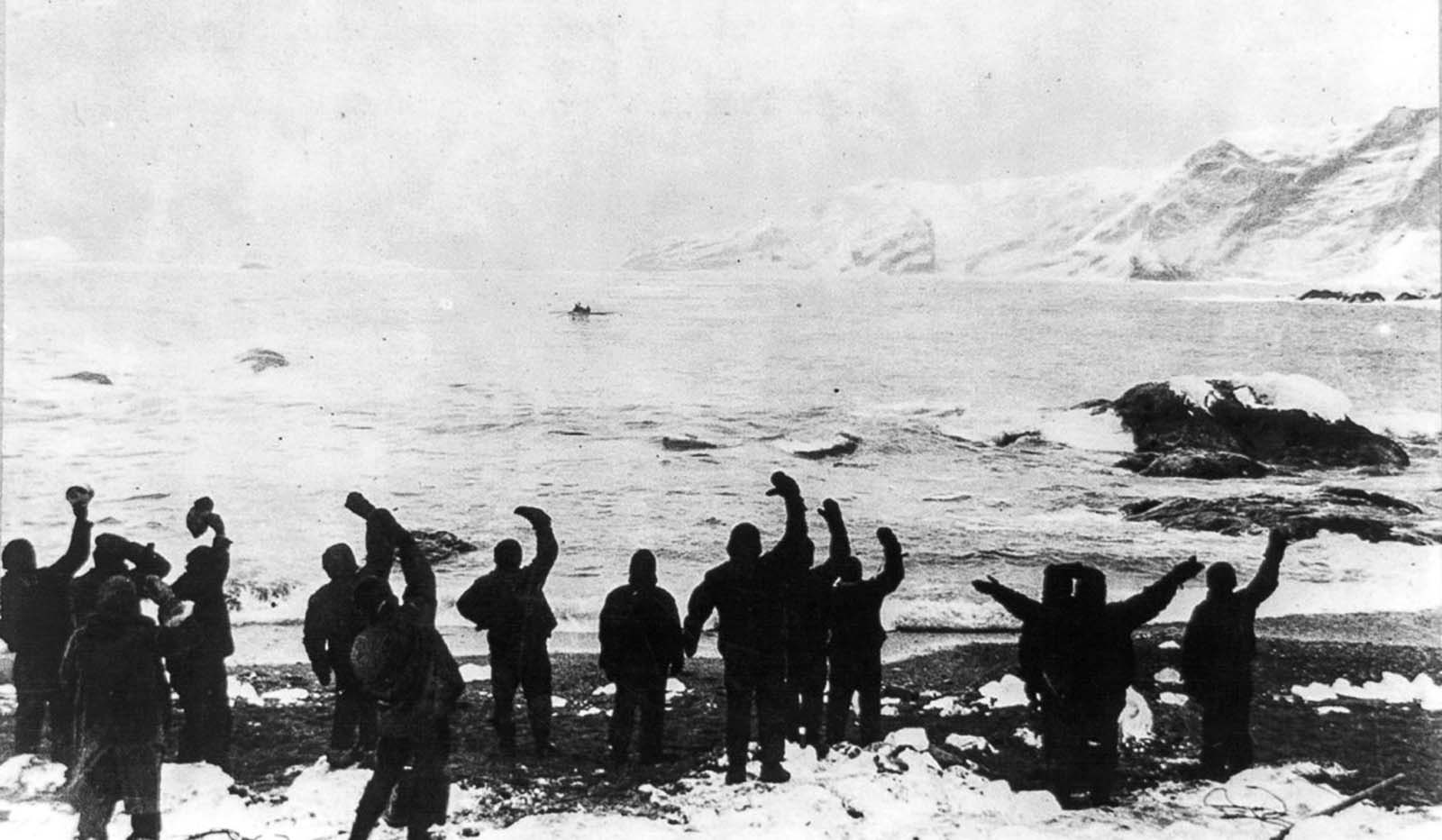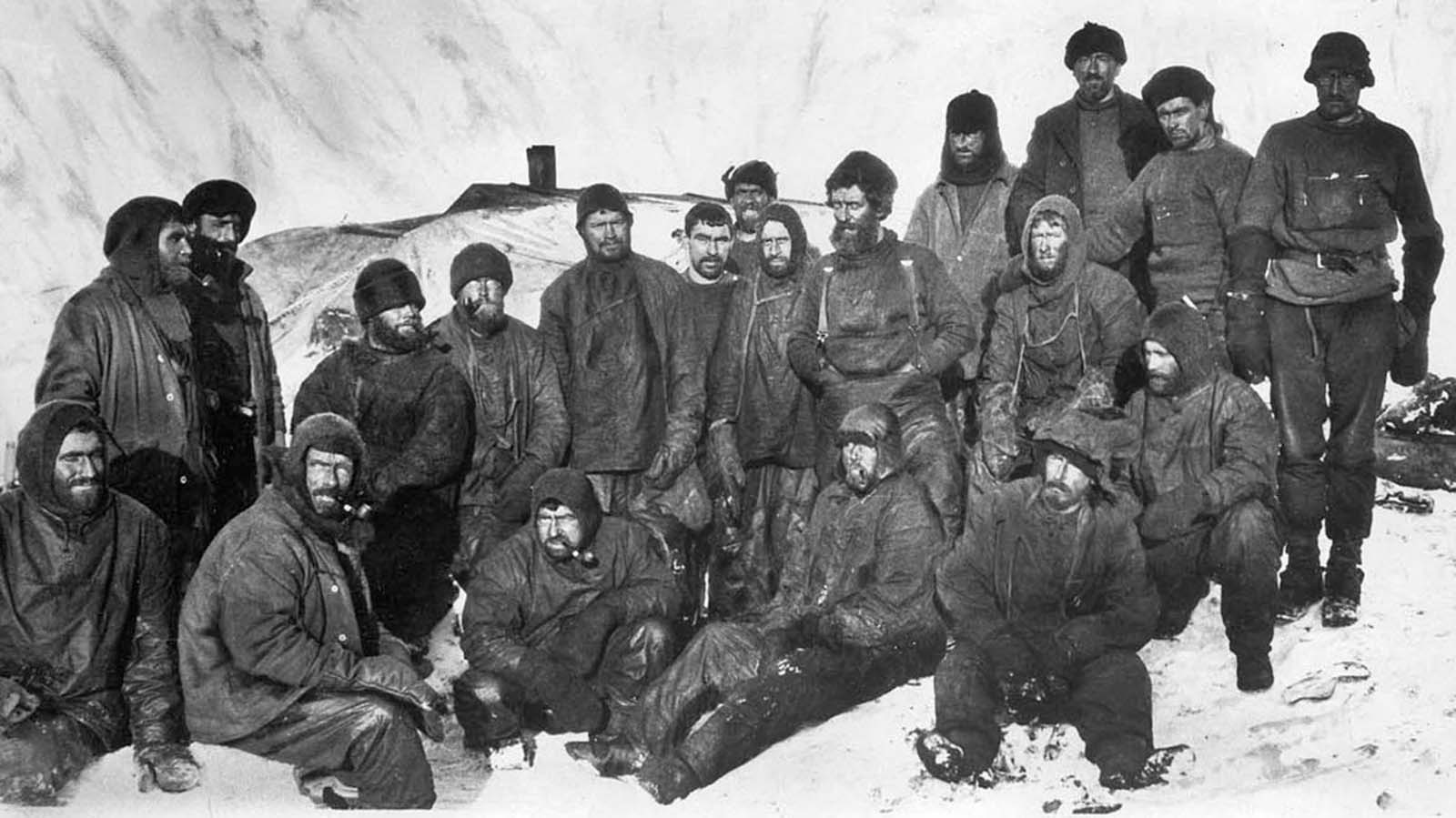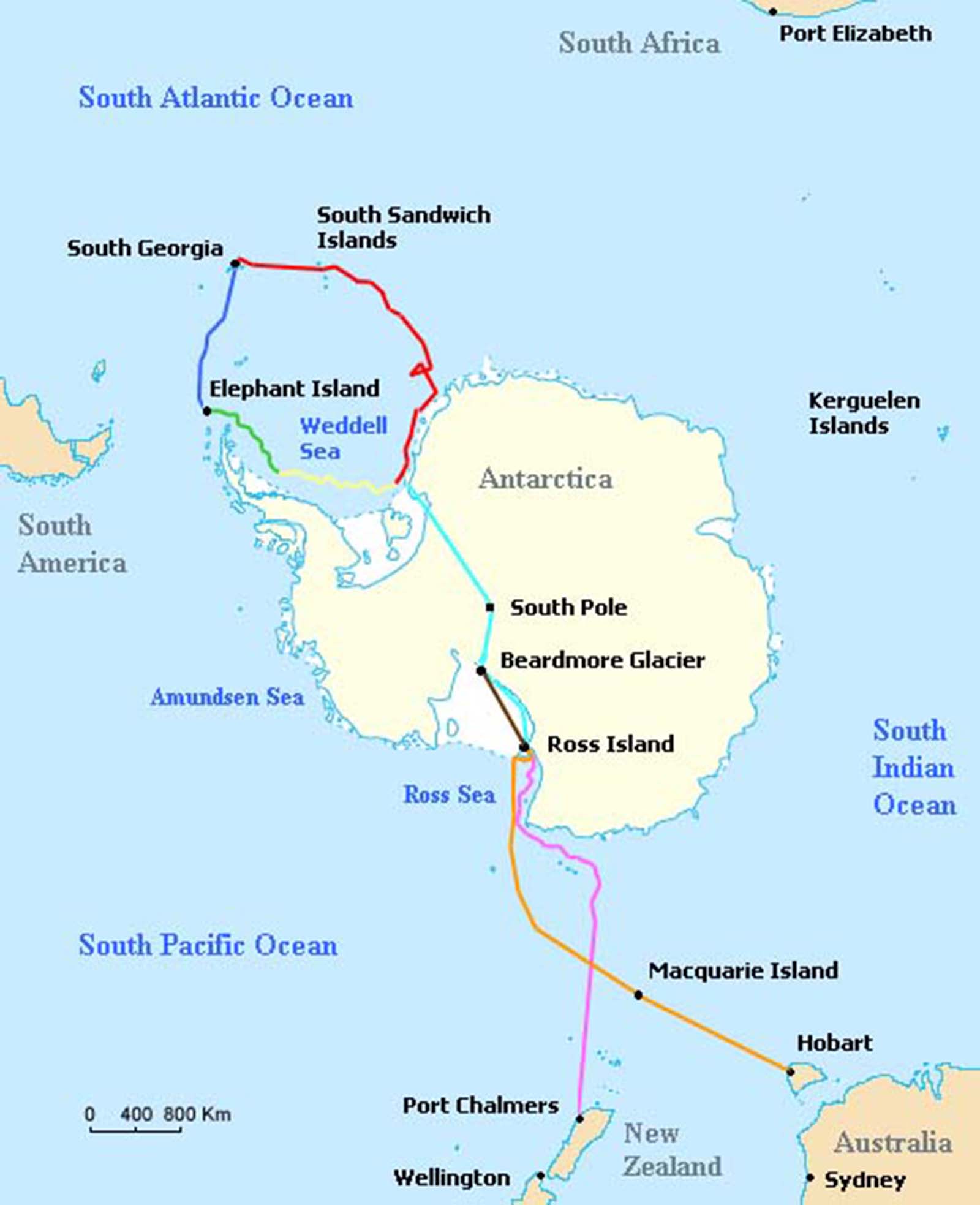During the summer of 1914, Ernest Shackleton boarded the Endurance and sailed for Antarctica, where he planned to cross the continent by foot. Shackleton planned to sail to the Weddell Sea in preparation for his round-the-world voyage via the South Pole to the Ross Sea and land a shore party near Vahsel Bay. As this was happening, a second group, the Ross Sea party, was setting up camp in McMurdo Sound and laying a series of supply depots across the Ross Ice Shelf to reach the foot of the Beardmore Glacier. Transcontinental parties would need these depots to survive, as they would not carry enough provisions for the entire journey. Two ships were required for the expedition: Endurance under Shackleton for the Weddell Sea party and Aurora under Aeneas Mackintosh for the Ross Sea party.
Additionally, there were sledding trips planned for parties leaving the main base and another party remaining at the base to conduct various scientific experiments. Both expeditions ended up with 28 crew members each, including William Bakewell, who joined the ship in Buenos Aires, Perce Blackborow, who stowed away when his application was rejected, and many last-minute additions to the Ross Sea party in Australia. Sir Daniel Gooch, the grandson of Daniel Gooch, a renowned railway pioneer, was a temporary crewman.
The Endurance sailed from Buenos Aires to South Georgia, where a Norwegian whaling station was located, on August 8th. They arrived in South Georgia on November 5th, 1914. Shackleton learned from the whaling captains that the conditions between the Weddell Sea indicated a hefty ice year. A large quantity of clothing and supplies was taken from South Georgia if the Endurance was caught in the Weddell Sea and froze, unable to reach the continent on time. On December 5th, 1914, they left South Georgia. The Endurance ship was trapped by ice in Vahsel Bay as it approached Antarctica. Because they were too far from land to attempt a crossing, they planned to sit out the winter in their ship and then attempt their mission in the spring. It becomes apparent after months of waiting that they will have to abandon both their ship and their plan for a delayed expedition. Ice has crushed the Endurance’s hull beyond repair; when it melts, she will sink. The new objective is to return home.
Finally, on November 21st, 1915, the Endurance sank beneath the ice and waters of the Weddell Sea. Before she disappeared, the men saved as many supplies as possible (including Frank Hurley’s precious photo collection). With no ship, no means of communication with the outside world, and with limited supplies, the 28 men of this expedition were now isolated on a drifting pack ice hundreds of miles from land. Shackleton decided on December 20th that it was time to abandon their camp and march west to Paulet Island, where they believed there was land nearby. The ice sheet has been moving for six months (at one point, they were within sight of Antarctica but then drifted away from it, and now Elephant Island is the closest landmass. The original twenty-eight men of Shackleton’s expedition were not lost. The Endurance was lost to the sea ice. Still, the James Caird open-boat was brought back to England and is on display at Dulwich College in London to this day, a testament to an act of remarkable courage during the heroic age of exploration.


